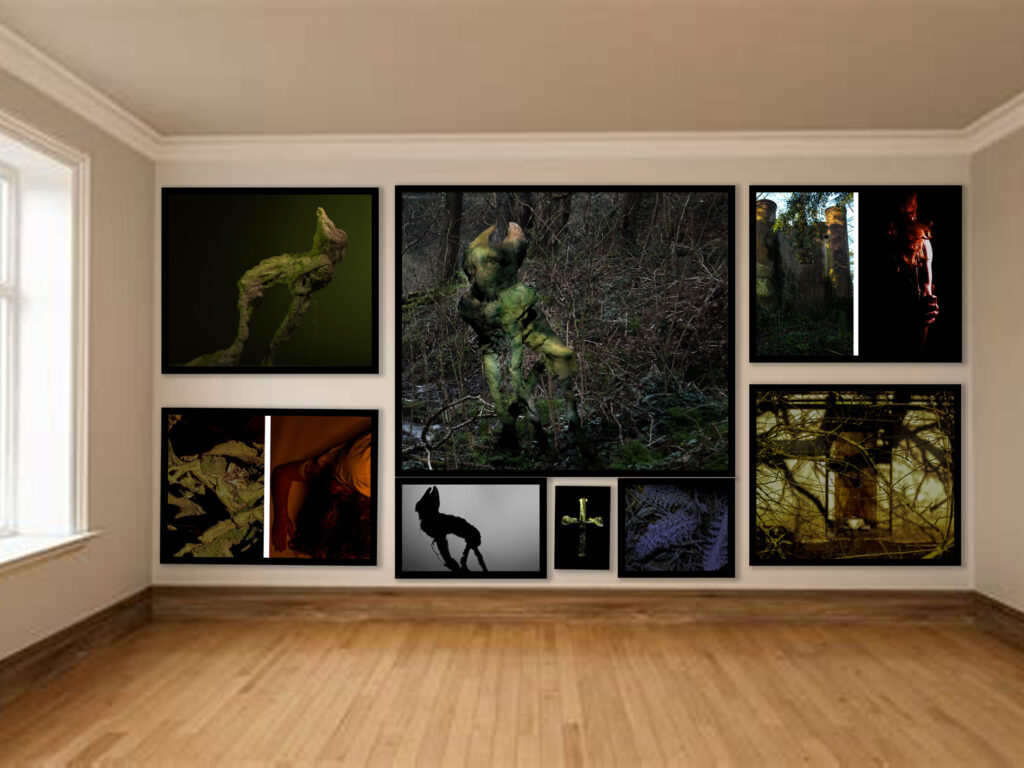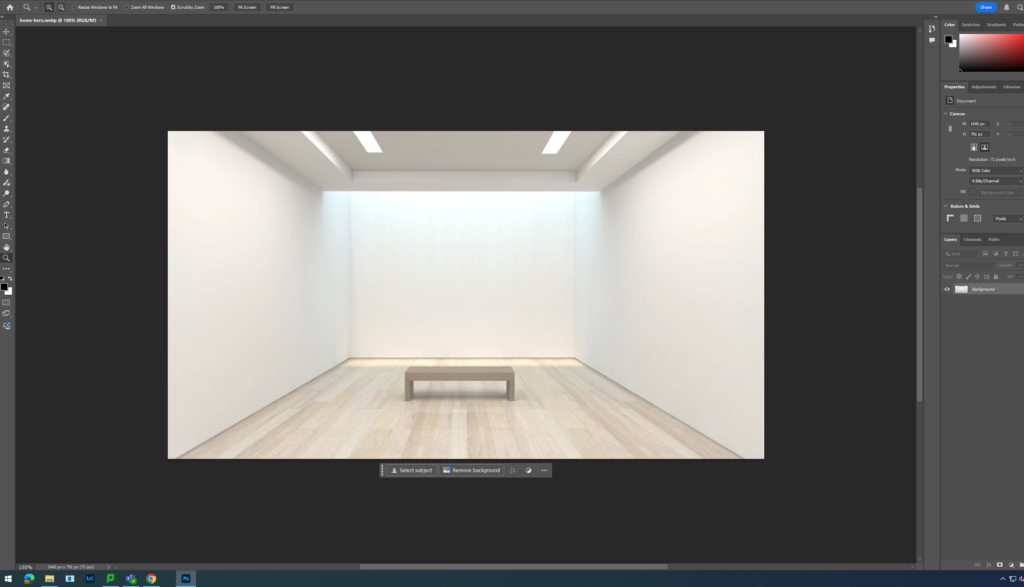
Photographs used:
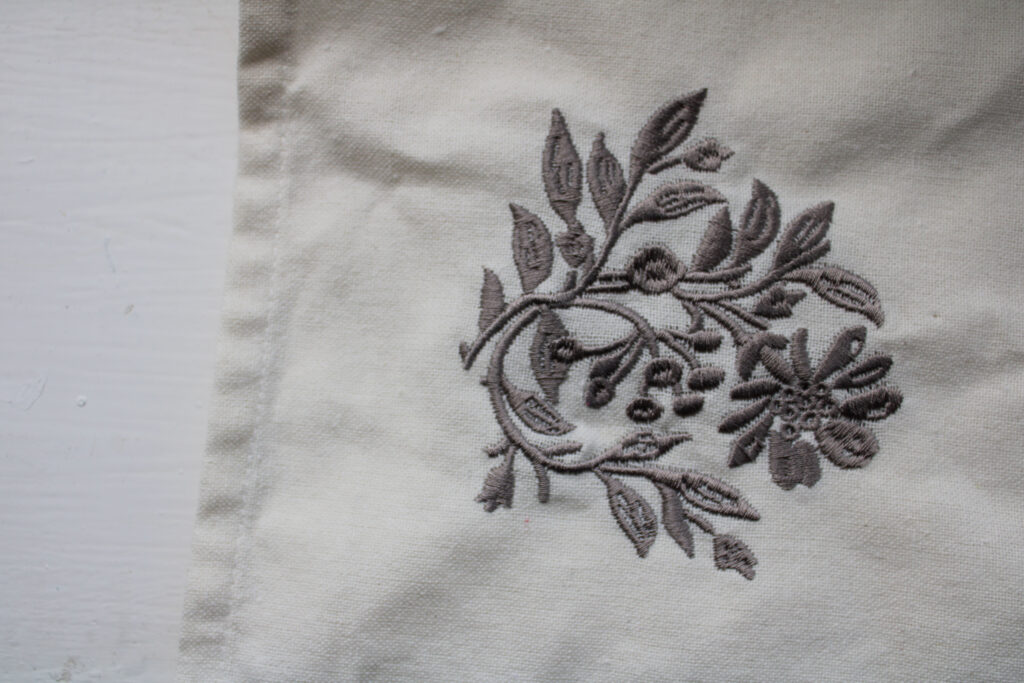
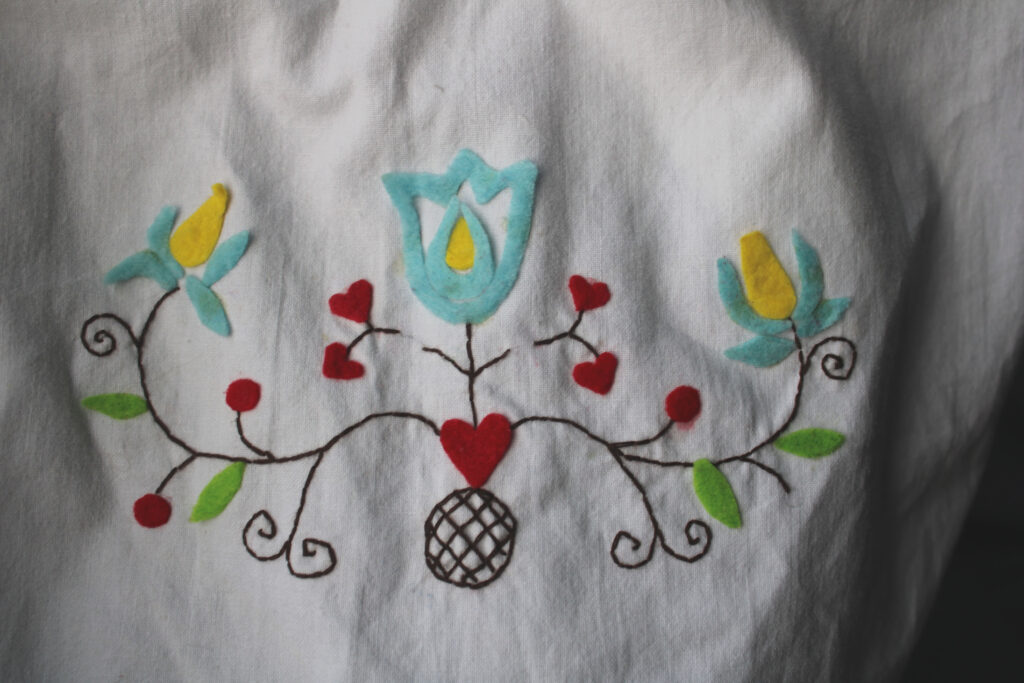



Photographs used:




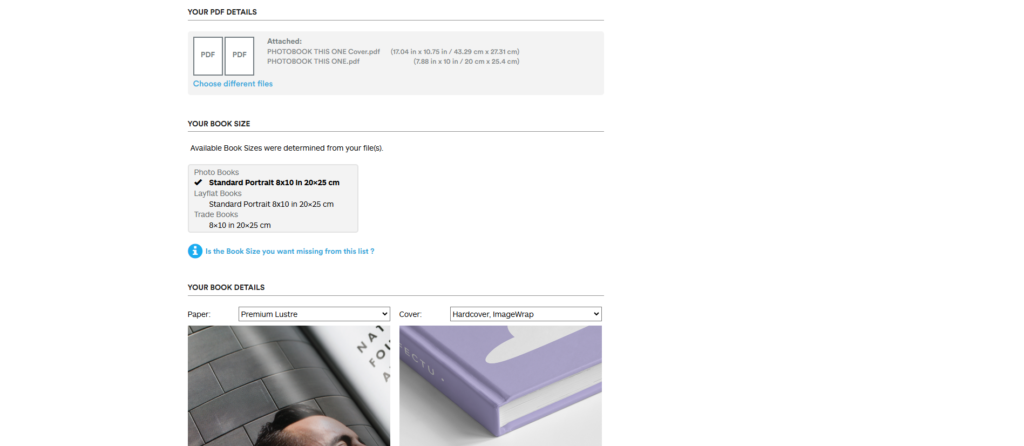
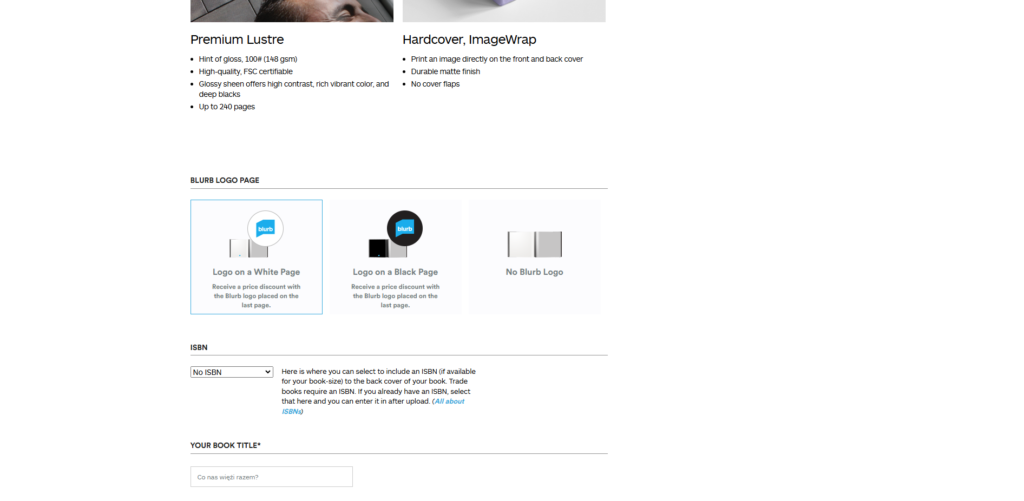
When creating my photobook on Lightroom classic I made sue when exporting it to the final destination Blub that all the measurments and images wee in the place I wanted them in.
The platform includes a variation of design tools, quality printing and distribution options. It also offers a range of high quality printing options which includes professional-grade paper types which is an essential option for photobooks. The quality of the paper and the print is crucial for preserving the integrity of the photos. The website also includes features of glossy or matte paper with options for lay-flat binding. It ensures that your photographs will be showcased in the best way.
If a persons work involves fine details, high printing prints are neccessary to bring out the true colour, texture, and lighting in each photograph.
It also provides an integrated online platform, where you can sell your photography book directly to the public through their website. Additionally, the platform allows you to distribute your book to other online retailers like Amazon that makes it easier for a wider audience to discover and purchase your work. This could significantly expand the reach of a photographers book without needing a traditional publisher or intermediary.
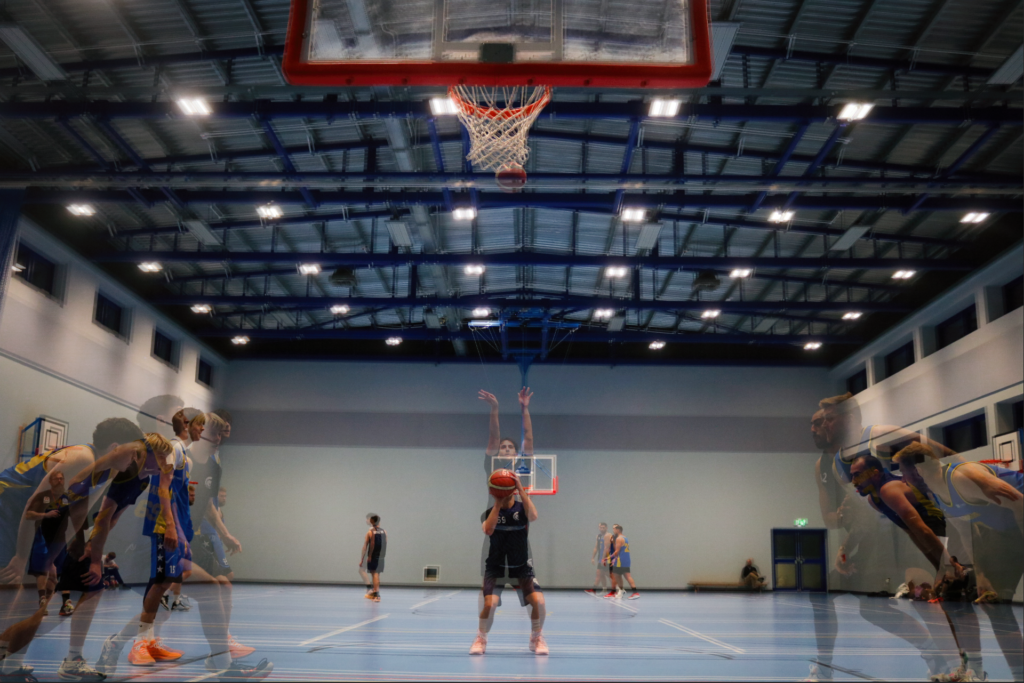
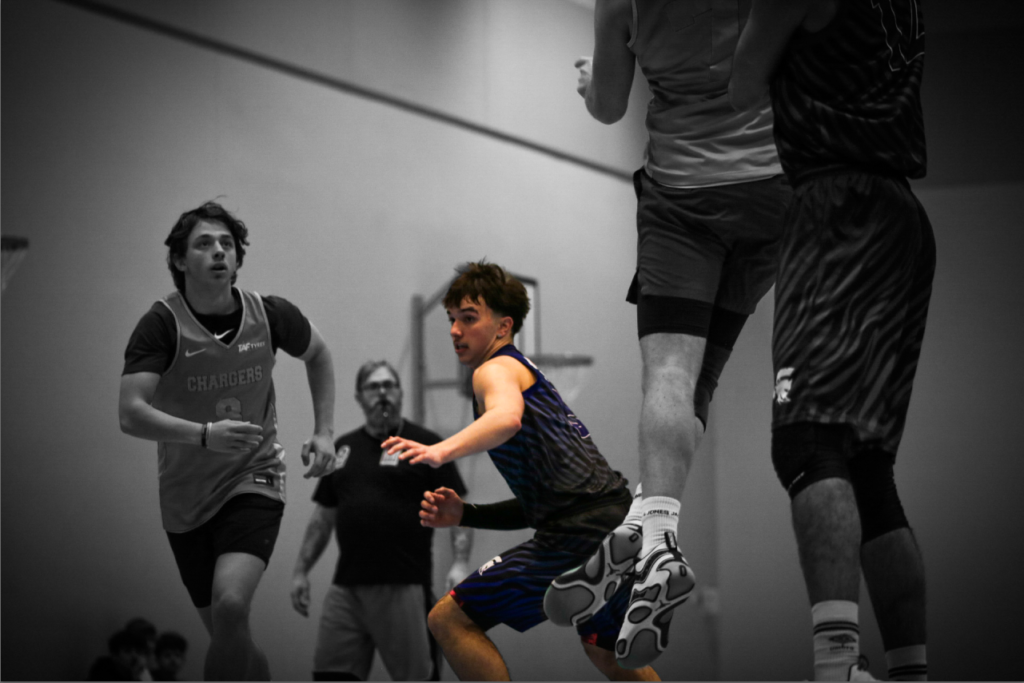
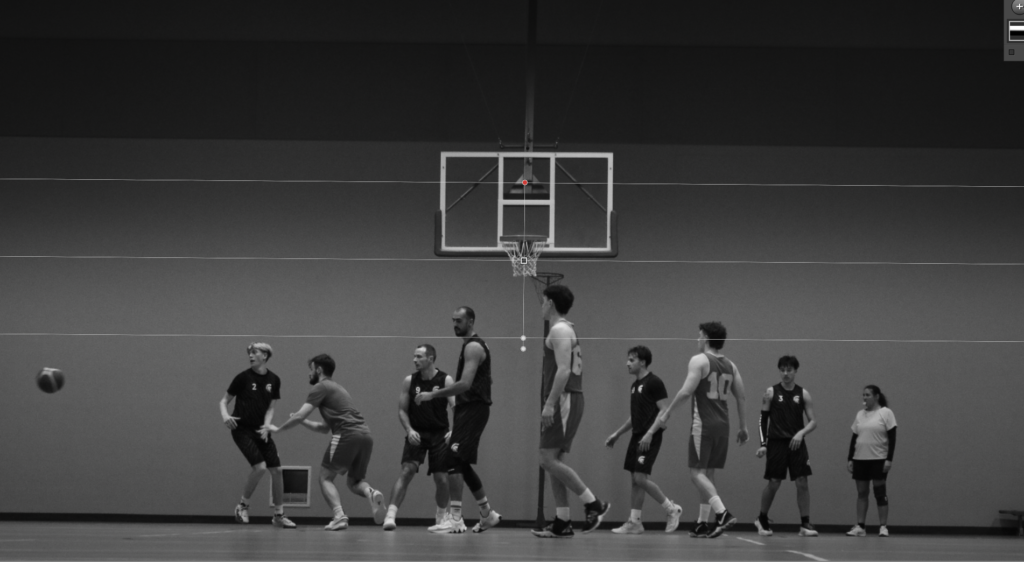
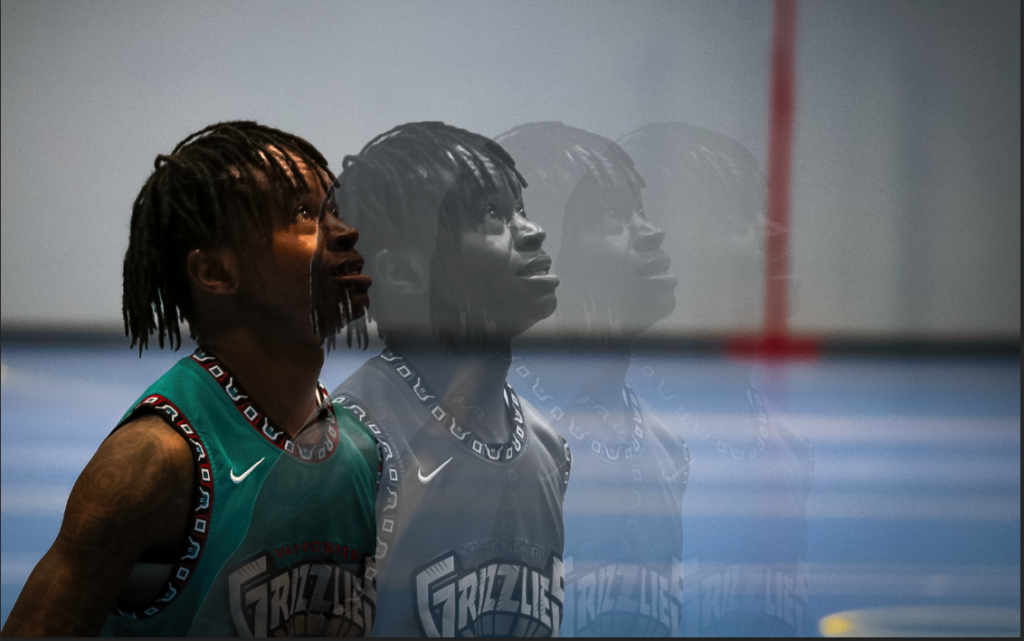
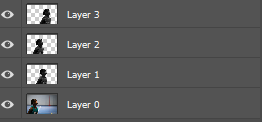
How have Historical Periods of Time influenced Architectural Changes and therefore Photographic Styles?
Photography is a way of preserving the world around you. It allows you to capture a moment of time and freeze it. This is significant as the world we live in is ever-changing. The world changes due to different movements and events. For example, the Climate Movement has caused people to be more considerate of the environment and, as a result, produce sustainable and energy efficient buildings. People also use Photography as a way of promoting that change is needed. Similarly, the Romanticism movement, an artistic and intellectual movement during the Industrial Revolution, influenced Architects and Artists to use nature as an inspiration for their designs. As we can see, there is a tie between social activities and world development. In photography, The New Topographics Exhibition was a reaction to the Romanticism movement and idealised landscape photography. Lewis Baltz, a photographer who was associated with this exhibition, explored the beauty within the realistic, industrial environment at this time.
Romanticism, first used as a term for aesthetic, became an artistic and intellectual movement in Europe in the late 18th Century. This movement was a reaction against the age of Enlightenment. This was when emotion had been sucked from art and literature and people focused mainly on science and logic. Romanticism was introduced during the Industrial Revolution, a time in which places such as Europe and the US experienced change in economy to one dominated by industry and machinery. The upbringing of Romanticism was heavily influenced by the political and economic atmosphere at the time and people used it as an escape from the new reality. During the Age of Romanticism, people explored the beauty of nature, emotion and life, creating an idealised reality within art and literature. This period also experienced a change in architecture, returning to medieval styles. Architects would use nature as an inspiration for their intricate designs, whilst also prioritising emotion and individualism. Furthermore, Romanticism is still present to this day. It can be found in art, music, films, literature, photography and more. An example of this would be Ansel Adams.
Ansel Adams was a modern-day photographer who was said to have embraced Romanticism. He was known for capturing the beauty of the natural landscape in America. Ansel Adams was a big part of the Sierra club which was an organisation that worked to protect the environment from industrialisation. He would use his photographic portfolios of the areas as a way to try and convince the members of congress to turn the areas into national parks. After many failed attempts, Adams had success in creating the King’s Canyon National Park in 1940, after publishing a photo book which caught the attention of many people, including President Roosevelt.
This is a photograph which was taken by Ansel Adams and it transformed his career. At first, he had taken this photo with a yellow filter but he later changed it to a dark red filter. The dark red filter created deep shadows in this image and darkened the sky. These dark features contrast to the white of the snow and the greys of the illuminated face of the half dome. Furthermore, Ansel Adams was recognised for his use of the colour zonal system. This is a system where different tones, from black to white, are represented with a number 0-10. Adams used this system to ensure that his images display a range of both highlights, shadows and the in-between. Ultimately, Adams’ use of this system revolutionised photography by introducing a more controlled and expressive approach to landscape photography. This inspired many photographers to pay more attention to the contrast and clarity of their images.
‘The New Topographics: Photographs of a Man-Altered Landscape’ was a photographic exhibition which consisted of the work of 10 different photographers. These photographers included Lewis Baltz, Robert Adams and Bernd and Hilla Becher. The exhibition was hosted at the George Eastman Museum by William Jenkins in 1975. It consisted of 168 prints, mostly in black and white. These prints were of things such as streets, industrial sites, warehouses and suburban houses. This exhibition was a reaction against romanticism and the idealised landscape, particularly the work of Ansel Adams. Its purpose was to challenge these traditional landscapes of the untouched by documenting reality and the growing impacts of industrialisation. After the II World War, America experienced a large increase in their economy, resulting in mass production of buildings and industrial developments. These buildings were constructed for their function, rather than their appearance, leading to the introduction of modern architectural styles and less detailed/aesthetically pleasing buildings.
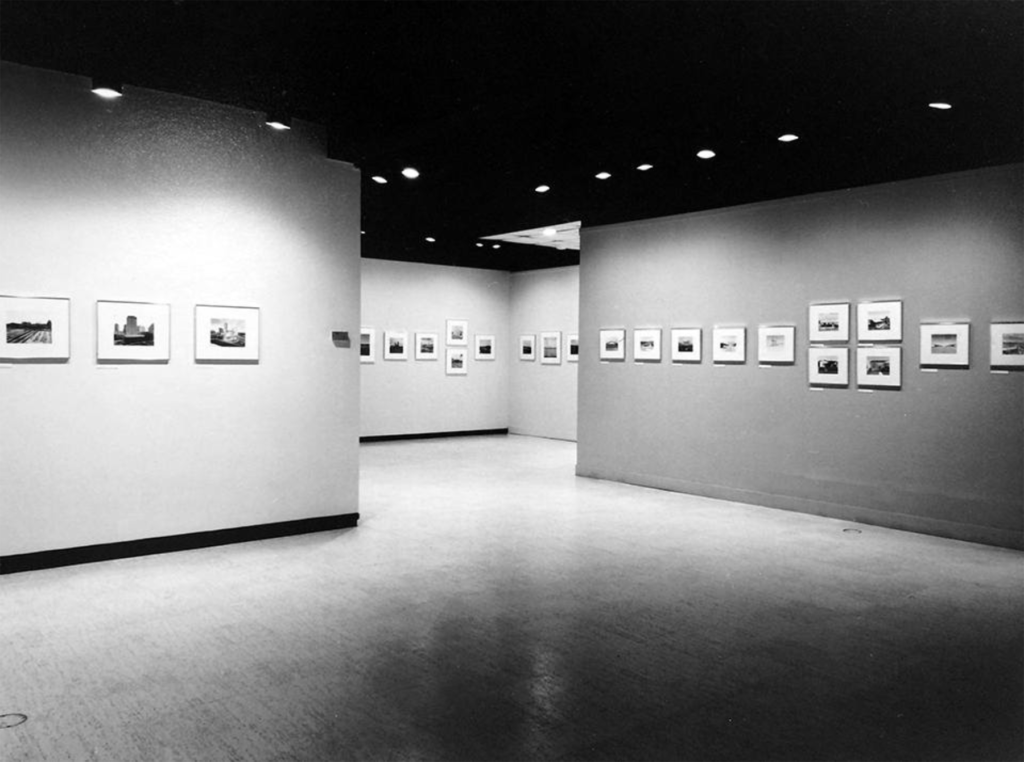
Although the photographers involved in The New Topographics simply displayed their everyday surroundings, the exhibition experienced a range of opinions. Many people felt responsibility towards the future of America’s landscape. This is suggested by the quote “I don’t like to think there are ugly streets in America, but when it’s shown to you – without beautification – maybe it tells you how much more we need here”. People were left feeling off-put with the representation of the American Landscape this exhibition displayed, making it one of the most groundbreaking exhibitions of the 20th Century as it completely rewrote the rules of Landscape Photography. This exhibition displayed settings which were often hidden from the camera, settings where the impacts of man-kind are evident. It proved that landscape photography can be more than just photographing the beautiful natural scenery and that it can also be capturing the ‘unattractive’ built environment.
Lewis Baltz, a crucial photographer of The New Topographics Exhibition, focused his work on searching for the beauty in bleakness. In an interview with Mr Witkovsky, Baltz stated that there’s an implied human presence in his work. There are traces of people but an absence of their physical presence. This is due to the fact that the subject of his photographs is the man-made environment. Baltz would capture stark images of the suburban landscape, revealing the impacts of urbanisation and mass construction. His photographs, displayed in black and white, often were geometric and bare. Many of these images were desolate and had a sense of emptiness.

This is a photograph by Lewis Baltz. It displays an empty parking lot with a garage door, a ladder and two trees. The trees in this image are an interesting feature as they emphasise the industrial, man-made environment they’re surrounded by. This creates juxtaposition and tension between nature and urban development. On the other hand, you may be able to argue that these trees are also a result of the human presence as they clearly would have been planted by a man, made evident by their positioning. Furthermore, the colours in this image are mainly white and black, with a small amount of grey. The sharp contrast and lines of the warehouse present coldness and strip away the warmth of the trees. It also emphasises the oppressive nature of industrial areas and how they are built purely for their function rather than aesthetics.
Bernd and Hilla Becher were another two photographers who were part of The New Topographics exhibition. They are best known for their method named the ‘typology’. In Carl Andre’s notes on Bernd and Hilla Becher, he stated that a ‘typology’ is simply ‘grouping similar views of different structures built to serve the same purpose’. This is evident in the image below.

This is a Typology consisting of 24 blast furnaces. These images were taken between 1969 and 1995. The blast furnaces are from locations all over the world and each have distinct features, however, they all were made for the same utilitarian function.
Previous to meeting Hilla, Bernd would produce paintings and lithographs of industrial structures. He would make these paintings from photographs, however, he soon discovered that he preferred taking the photographs than he did painting them. His interest in photography advanced and he found himself collecting old photographs of industrial structures so that he could later capture them himself. After meeting Hilla, she too became fascinated by photography and Bernd’s ideas. She soon left her job in advertising to help him. The couple would travel together and make families of objects that they discovered in their path so that they could later create a typology. From 1961 to 1965, they worked mostly in the German Ruhr district which is known as the largest Urban area in Germany and the third largest in Europe. The pair had immense interest in the fact that the industrial world would one day disappear. This is why they photographed it as they wanted to fix it. They wanted to make sure that their typologies were able to describe the structures visually so that people can read the photographs and not need to visit them as they would be unable to, due to them no longer existing. They would consider their projects as finished once the structures had been destroyed.
Additionally, in an interview with Jean-Francois Chevrier, James Lingwood and Thomas Struth, Hilla expressed that industrial structures are ‘nomadic forms of architecture’ and that they ‘come and go like nature’. Here, she is emphasising that these structures are only temporary and will be built or replaced depending on the need for them, alike nature’s lifecycle. I find this reference to nature very interesting as there’s a huge contrast between the industrial and natural world in the sense that the natural world is completely organic and untouched and the industrial world is a man-made environment which is proven to be destructive to the natural environment. In this same interview, Bernd later made another reference to nature. He claimed that ‘all these objects that are linked to industrialization are disappearing. As in the world of nature, they consume each other.’ By this, Bernd is referring to the fact that industrial objects are constantly superseded by newer, better models, alike the food chain in nature. He also stated that, the fact there is no aesthetic thinking behind the architecture for industrial structures, it proves that people are only concerned with the idea of making money fast and efficiently. These structures are not built to last or to leave an impact as they will soon be replaced. Furthermore, the couple believed that photography should be used to describe and document things which is what they did in their work as they used their typologies to document industrial architecture and emphasize its nature, function and aesthetics.
Overall, Bernd and Hilla’s fascination in the industrial environment resulted in the upcoming of a new photographic technique, the Typology. Furthermore, the Romanticism Period, a deflection from the reality of what was happening in the world at that time, lead to people exploring the beauty of nature. Ansel Adams found inspiration from this period and, as a result, transformed photography by developing the Zone System which allowed photographers to have more precise control over exposure and contrast. He also emphasised how photography can be used to raise awareness for things, specifically environmental awareness. Finally, the New Topographics Exhibition, a reaction to the increasingly industrial environment at the time, rewrote the rules of landscape photography as it proved that landscapes didn’t have to be of the sublime nature. Rather, this exhibition demonstrated that landscape photography could be documentary and used to showcase reality, rather than hide from it.
Literary Sources/Bibliography
https://www.metmuseum.org/toah/hd/roma/hd_roma.htm
https://www.britannica.com/event/Industrial-Revolution
https://www.britannica.com/art/Romanticism
https://www.tate.org.uk/art/art-terms/n/new-topographics
https://www.artspace.com/magazine/art_101/book_report/phaidon-art-in-time-new-topographics-54444
https://smarthistory.org/new-topographics
Carle Andre – A Note on Bernhard and Hilla Becher (1972)
Bernd and Hilla Becher – Conversation with Jean-Francios Chevrier, James Lingwood and Thomas Struth (1989)
https://socks-studio.com/2015/10/16/absence-of-style-lewis-baltz-and-the-new-topographics/
https://emilyallenphotographyblog.blogspot.com/2016/11/the-new-topographics.html
https://www.icp.org/browse/archive/constituents/lewis-baltz?all/all/all/all/0
Chosen final prints and layouts-
A4:
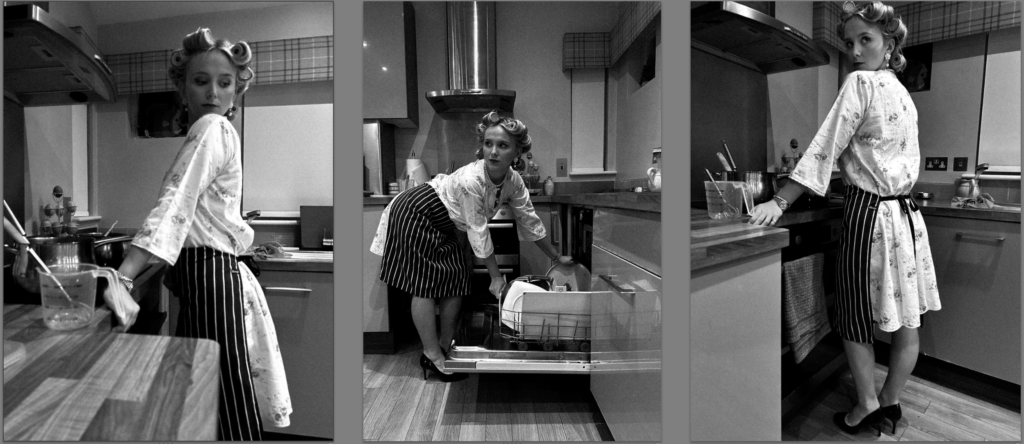
I decided to put these images for my final prints to be mounted on a board together as I felt that they sequenced together seamlessly. I wanted a variety of page sizes, and decided I wanted these images to be A4. These photos sequenced seamlessly to me as they present the same theme of feminism stereotypes ‘traditional housewife’ however obtain different elements in each image. This is because of the variation of angles. The first image represents the motherhood and nurturing element through the subjects hand over her slower stomach and is looking down obtaining the ‘female gaze’. Although, this does not include the symbol of heels. The second image I wanted in the middle as it is the most different to the others, and gives the illusion of the subject looking over at the left image. The bending over with the high heels with the props such as the apron and dishes, signifies more of a submissive woman in the household. Finally, the right image expresses all of these elements at once in one image, as it emphasises the jewellery, high heels and the ‘female gaze’ looking over the shoulder from a behind angle. All of which symbolise different elements within femininity and stereotypes within the 1st wave movement.
A5:
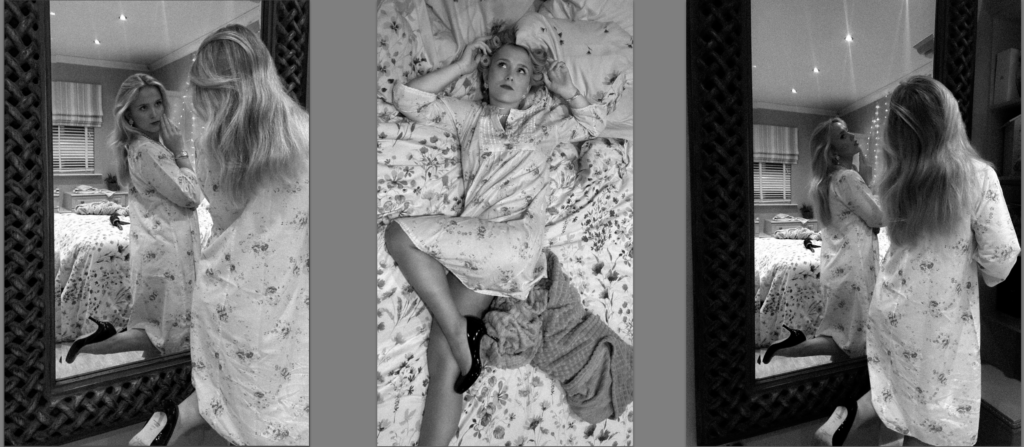
For these combination of images, I chose for these A5 images to be mounted together as I felt as if they fitted each other perfectly. I liked how the 2 on the edges worked well with each other as they are the same, but obtain different feminine poses. I wanted my middle image to break up the similarities, but at the same time to obtain relevancy. Therefore, I added this image which is one of my favorites as it is taken from above, signifying that she is submissive, and the man in the household is mostly likely dominant. Whereas the other two have a sense of independency. The middle one, the subject has hair rollers in which expresses her effort to appeal to her husband. Another reason why I decided to mount these images together is because the two images on the side, are expressing reflection (Reflections of Repression), whereas my middle image is executing the ‘female gaze’ and looking up, to emphasize this stereotype of being submissive and dominance, portraying the gender roles and power dynamics. Therefore, I really admired how all 3 images had a different meaning to interpret.
A3:
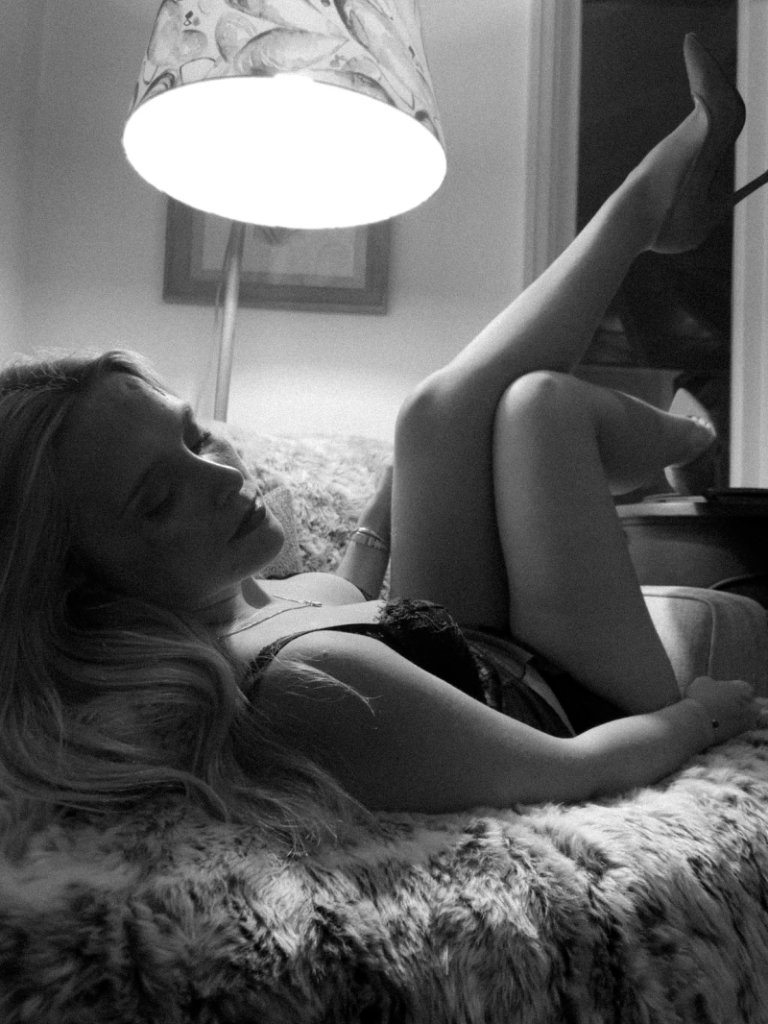
Virtual Gallery
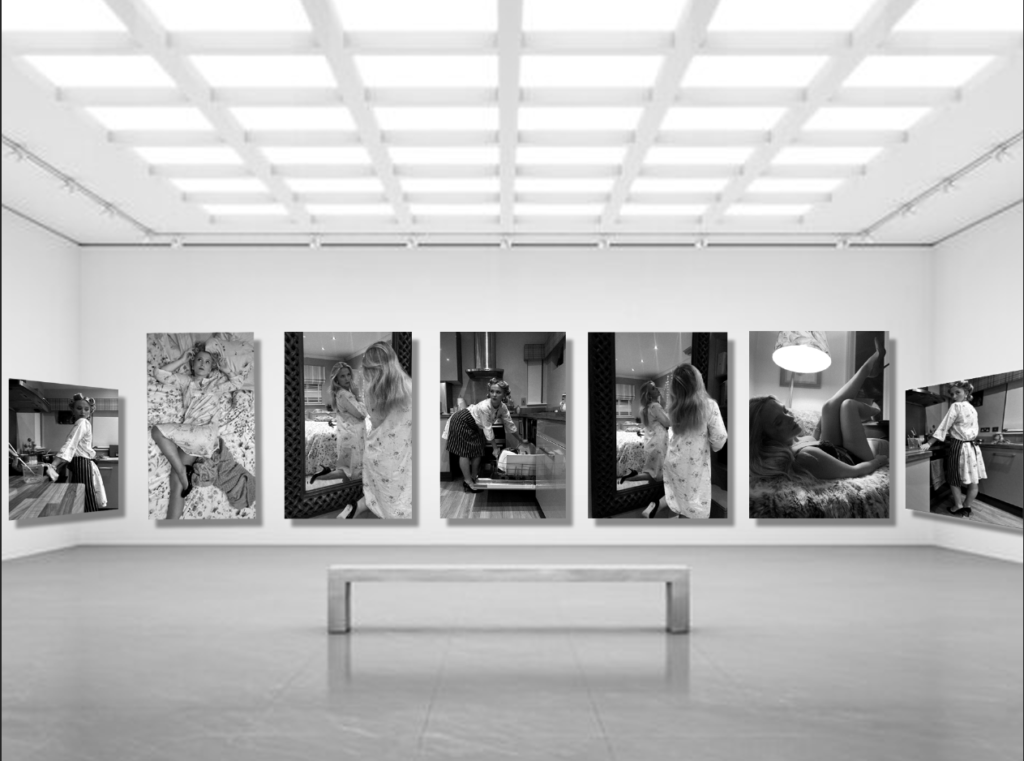
I chose these images for my virtual gallery as they are my preferred images from my 4 photo shoots. This is why I chose these images for my final prints. Overall, I think the black and white for all of my images fit into my theme I decided to focus on. Not only this, but I believe it looks smarter and more organised when sequencing my images together. I personally like how each image has meaningful interpretations of being a woman which was my objective within this project. Although each image is layed out thoughtfully so two photos do not clash together, I liked how the first image on the left is the beginning of the feminism waves, contrasting to the last image on the right which is representing the last wave of feminism. Ultimately, expressing the change of women throughout the years and how stereotypes are ultimately formed.
Evaluation In relation to Statement of Intent
Within this personal study, looking back at my statement of intent, I stated immediately I wanted to explore the major social issues within gender, specifically women. I wanted to surround the themes of Cindy Sherman and Nan Goldin which was slightly a challenge as their work was very different in many aspects. Cindy Sherman took images of herself portraying the traditional housewife through props etc, creating cinematic and theatre play, whereas Nan Goldin linked more to realism and documented the struggles of being a women in a patriarchal society. I personally believe I balanced the two artists equally for my inspirations, and executed significant symbols through angles and lighting. I thought my development such as putting my book into symbols for each wave of the feminism movements was beneficial as it made it easier to balance both of my artist references. For example, Nan Goldin linked to my 3rd wave and slight 2nd. Whereas Cindy represented my 1st and 2nd. To continue this, I added a bit of my own thoughts of being a woman in todays society, being the 4th wave extended. This was my 4th photoshoot to represent how women feel considering the rise of social media and the pressure on young girls. Overall, my book layout came out exactly how I intended with the collaboration and mix of all the waves rather than doing them in order. I feel that I carefully selected what image to go where to emphasise the contrast significantly. My front cover being in colour differed to the rest of my book and contained significant symbolism. Lastly
Final Images
Windows-
How do these images relate to windows?
In comparison to Doug Aitken
Evaluation
Mirrors-
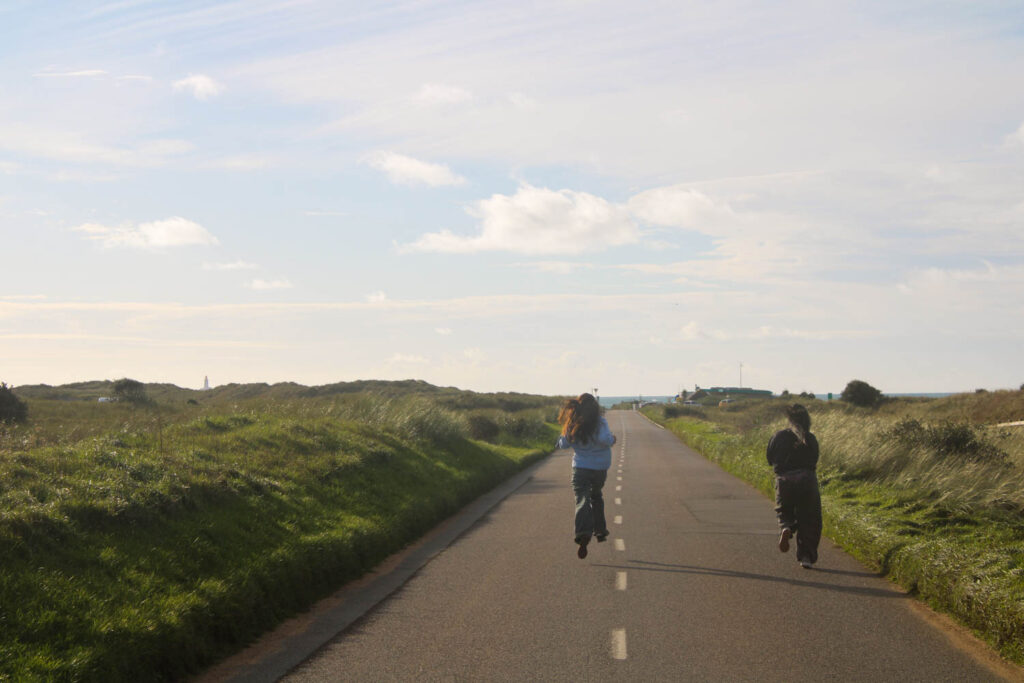
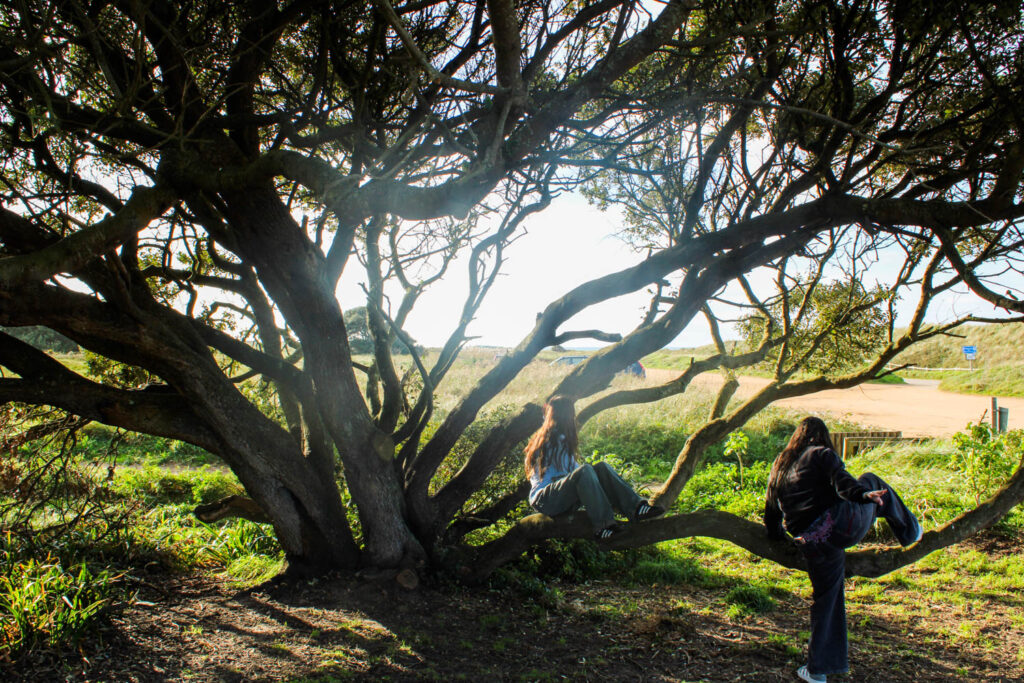
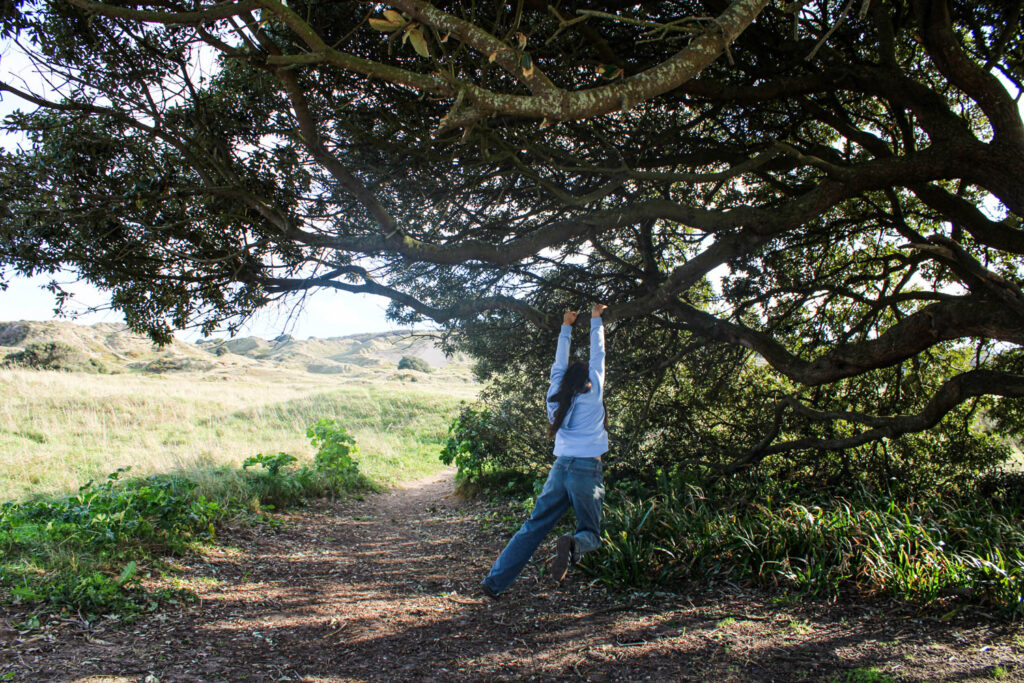
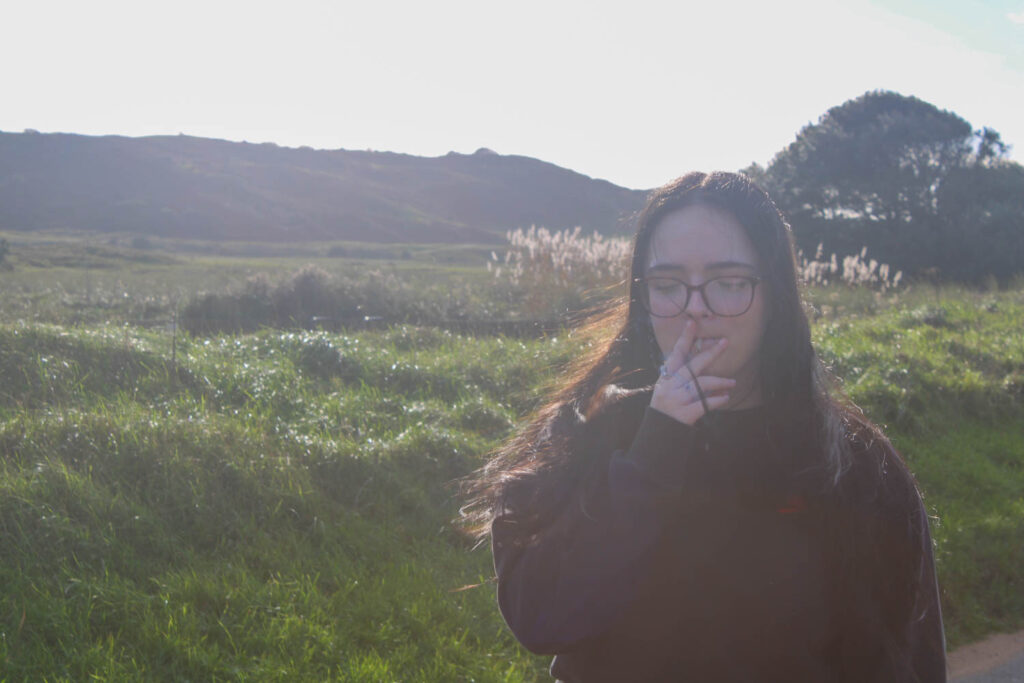
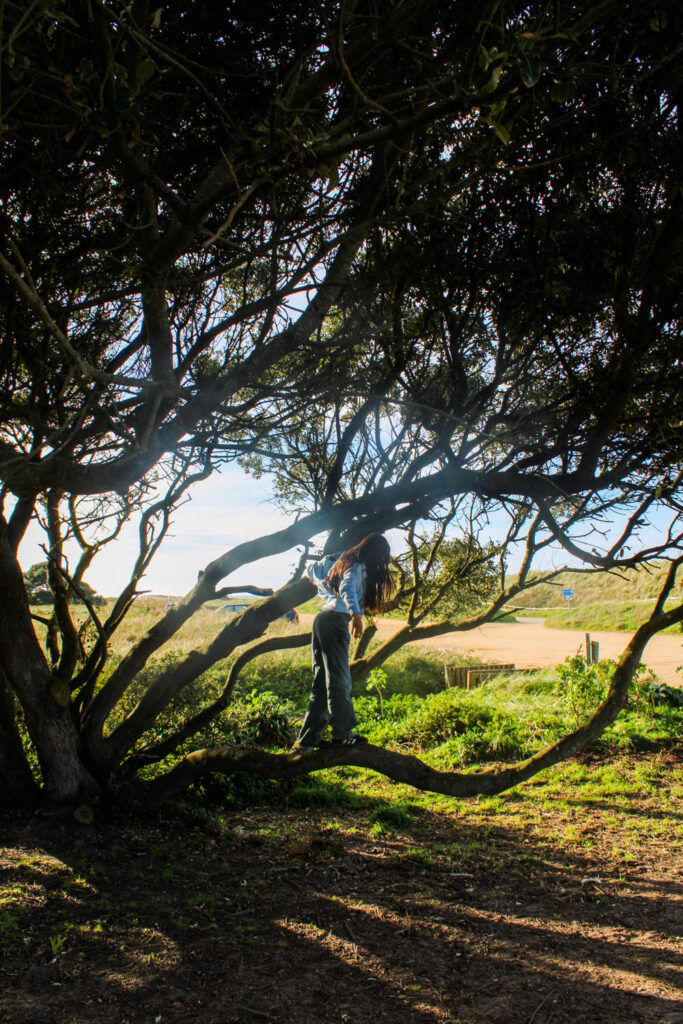

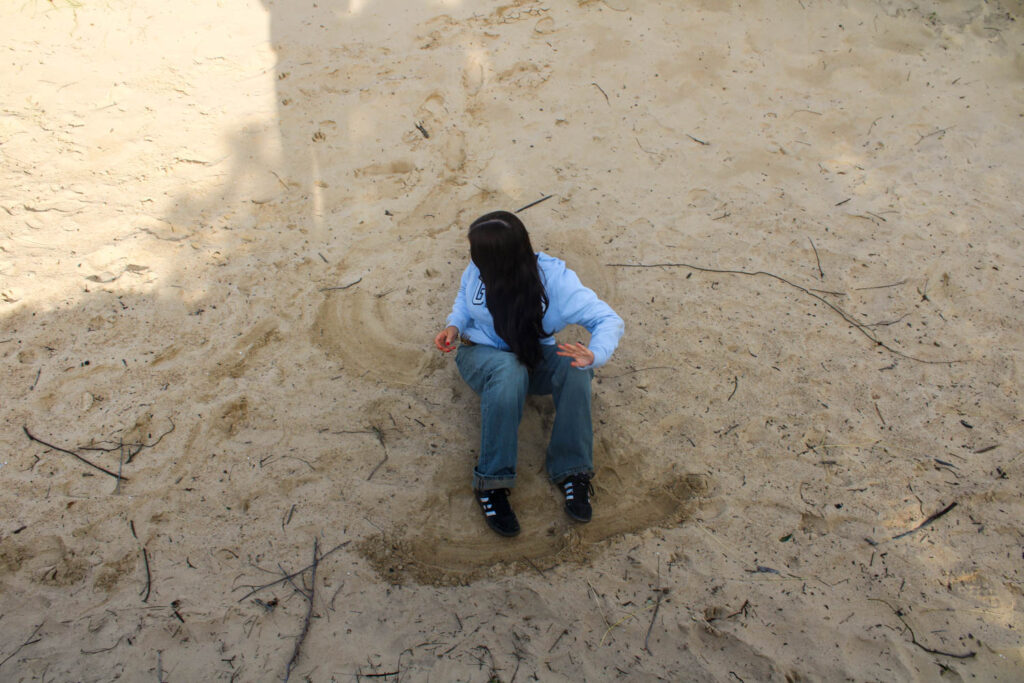
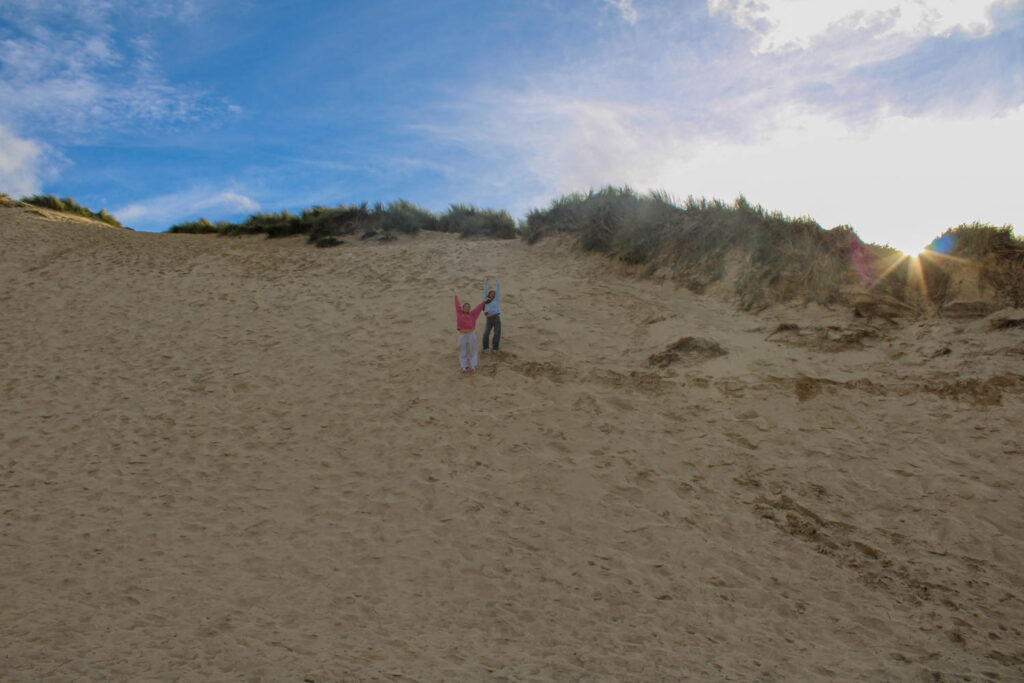
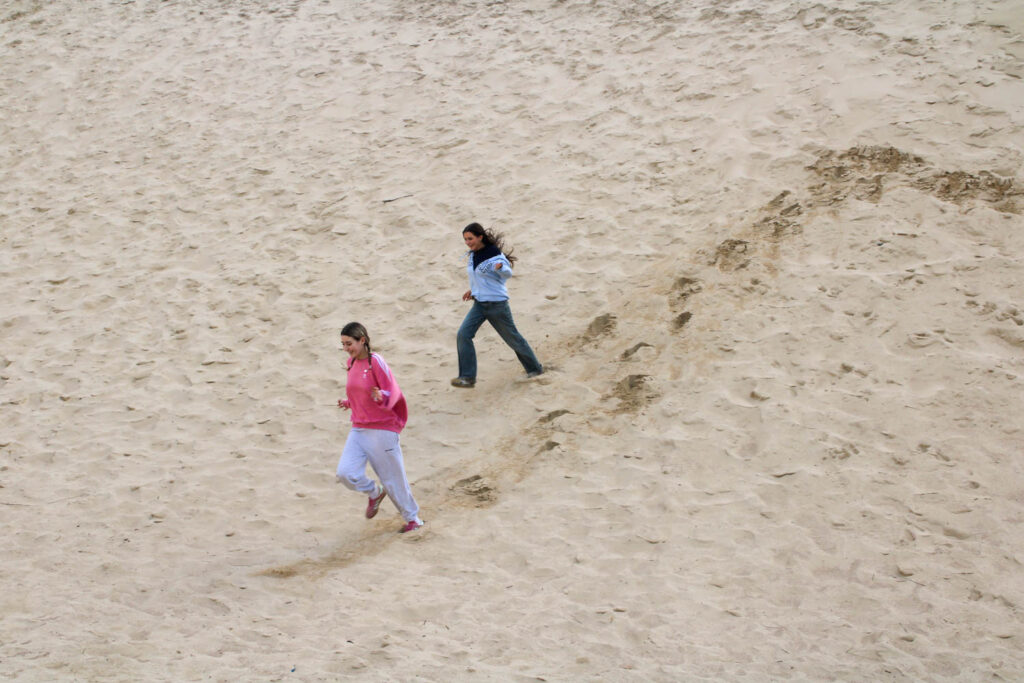
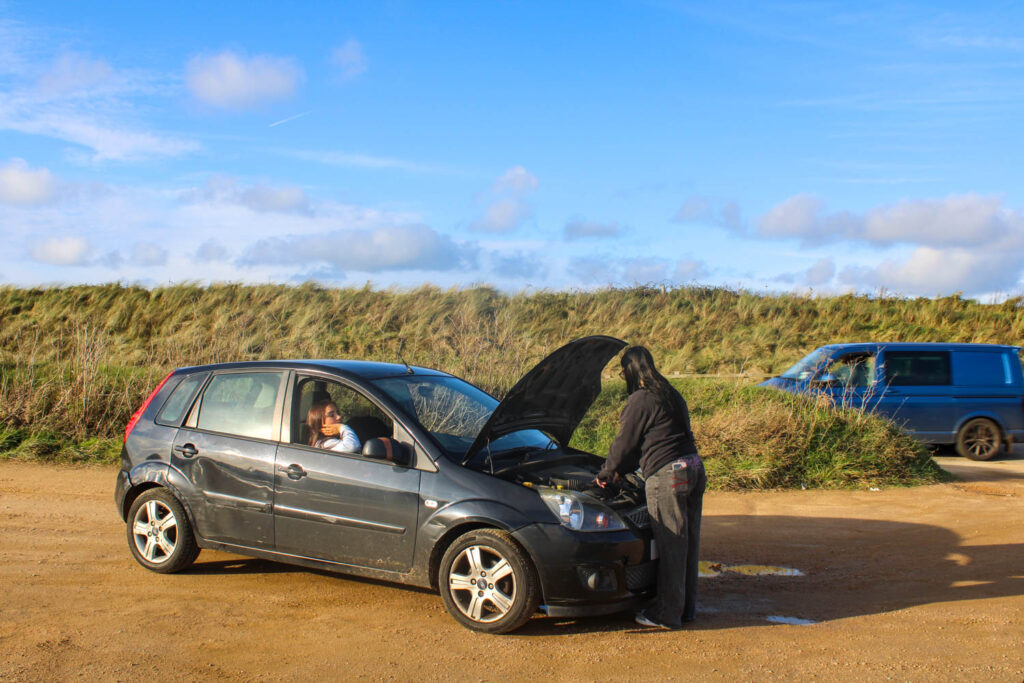
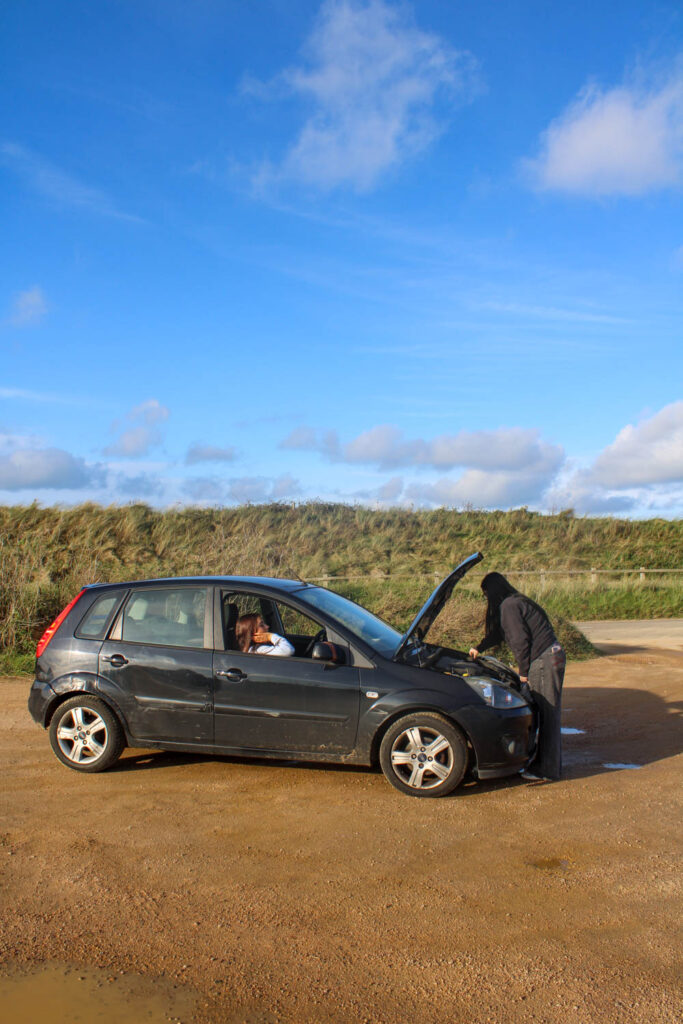
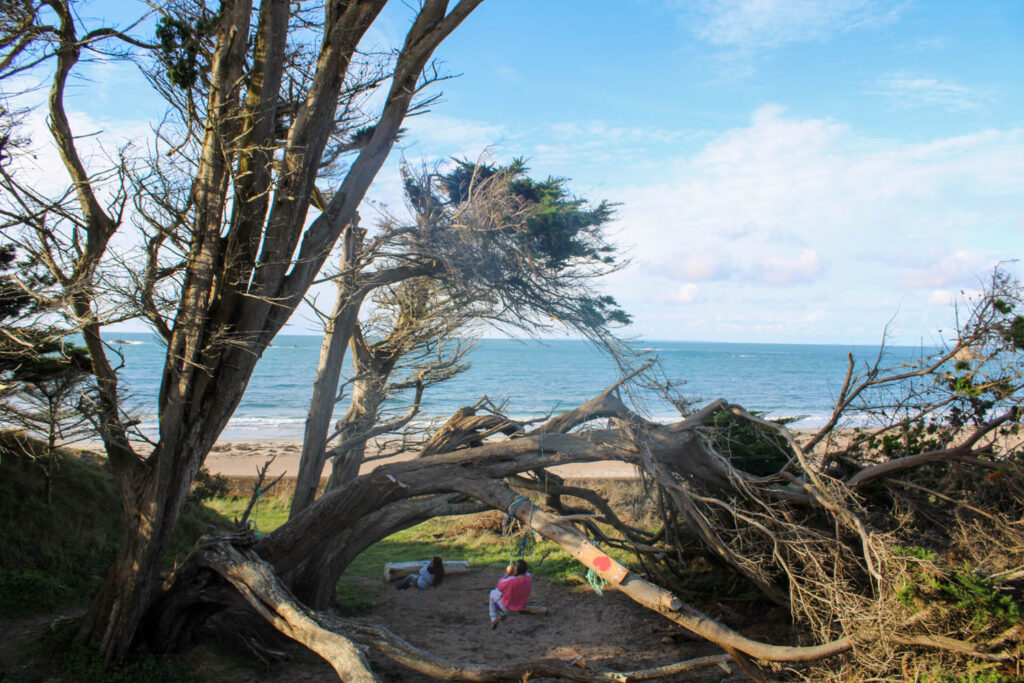

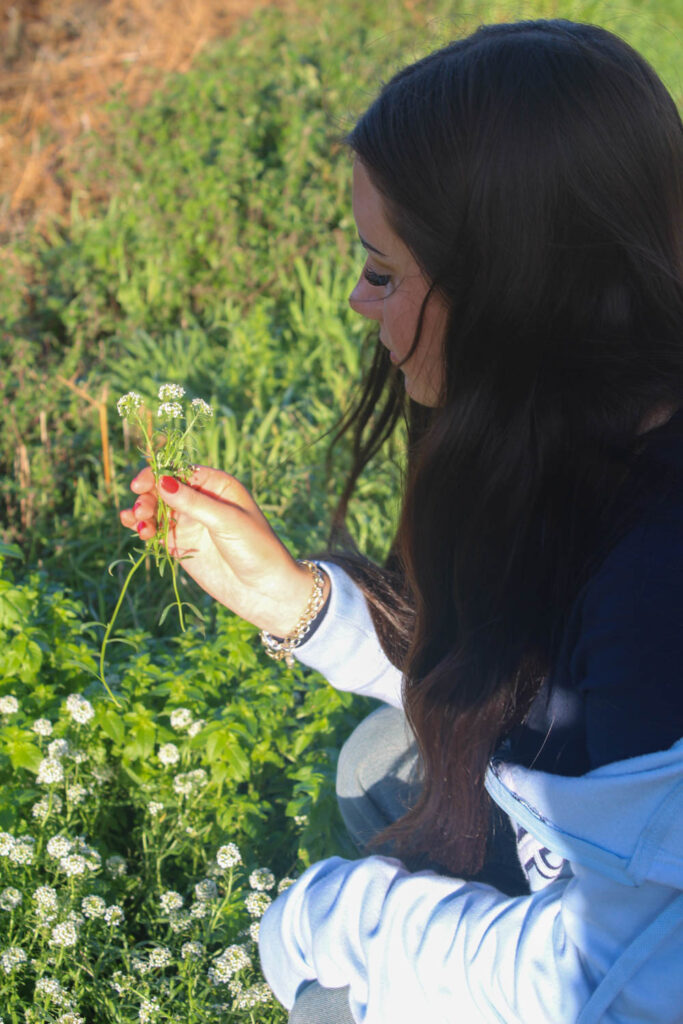
How do these images relate to mirrors?
In comparison to Justine Kurland
Evaluation
Windows- Contact Sheet
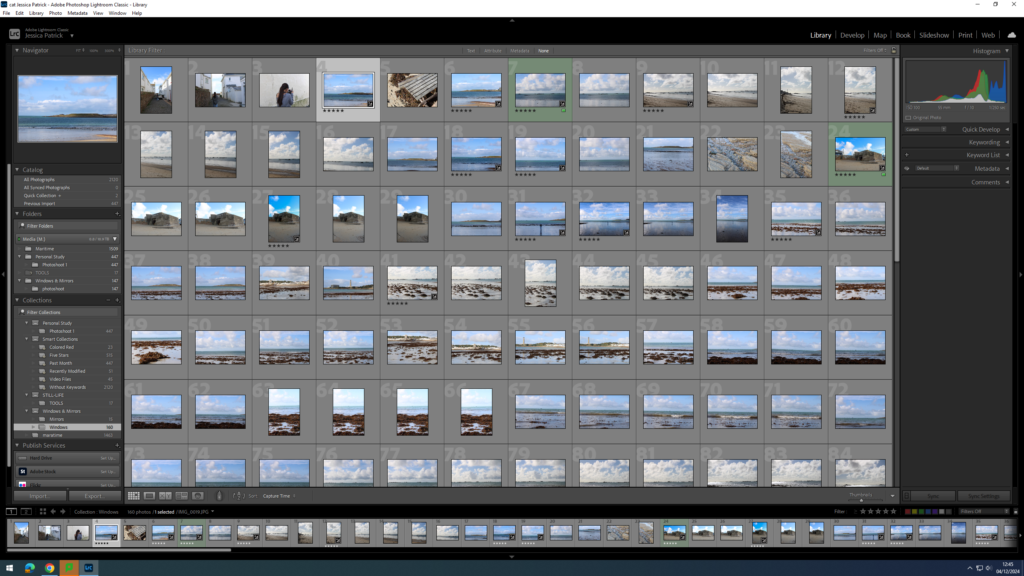
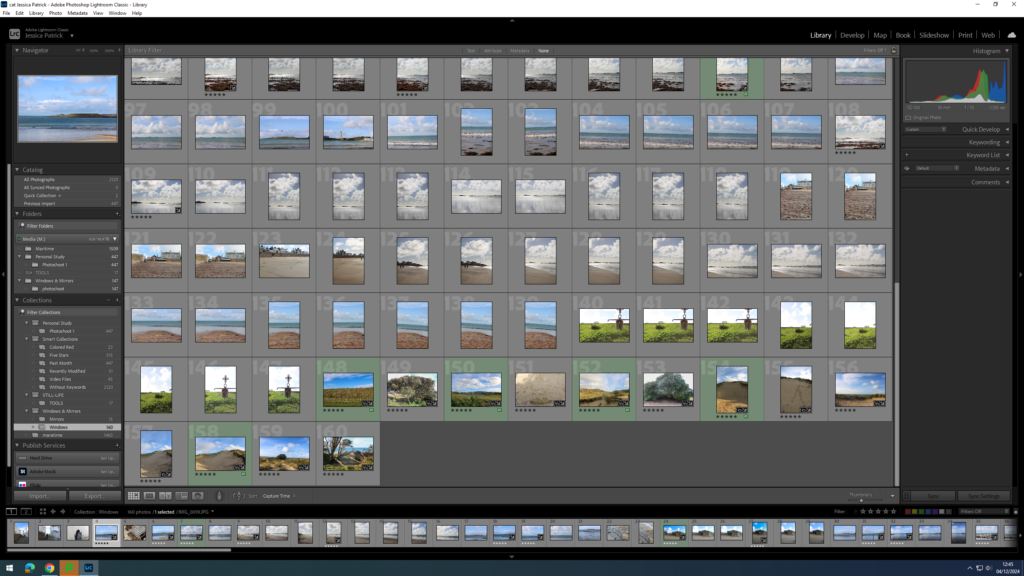
The images which are highlighted green are the images I have chosen to edit, because they are my best images with the best composition and layout. I also chose images with different colours in them, so I could create an image in photoshop with different colours and similar colours.
Edits
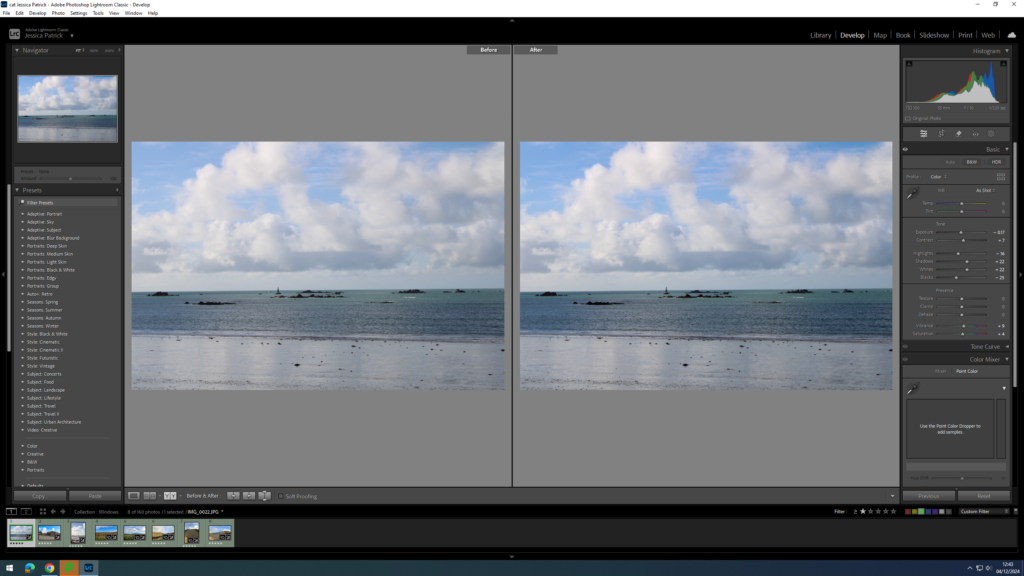
I edited this image by increasing the contrast, shadows, whites, vibrancy and saturation, while decreasing the exposure, highlights and blacks. I did this, so that the image would have slightly better lighting and have more vibrant blue tones.
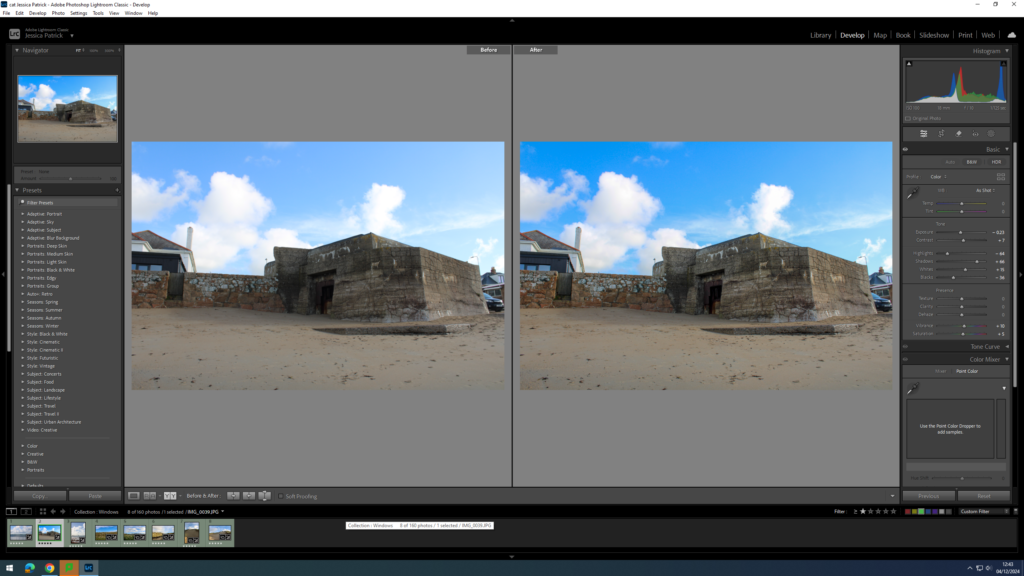
I edited this image by increasing the contrast, shadows, whites, vibrancy and saturation, while decreasing the exposure, highlights and blacks. I did this, so that the image would have slightly better lighting and be more vibrant.
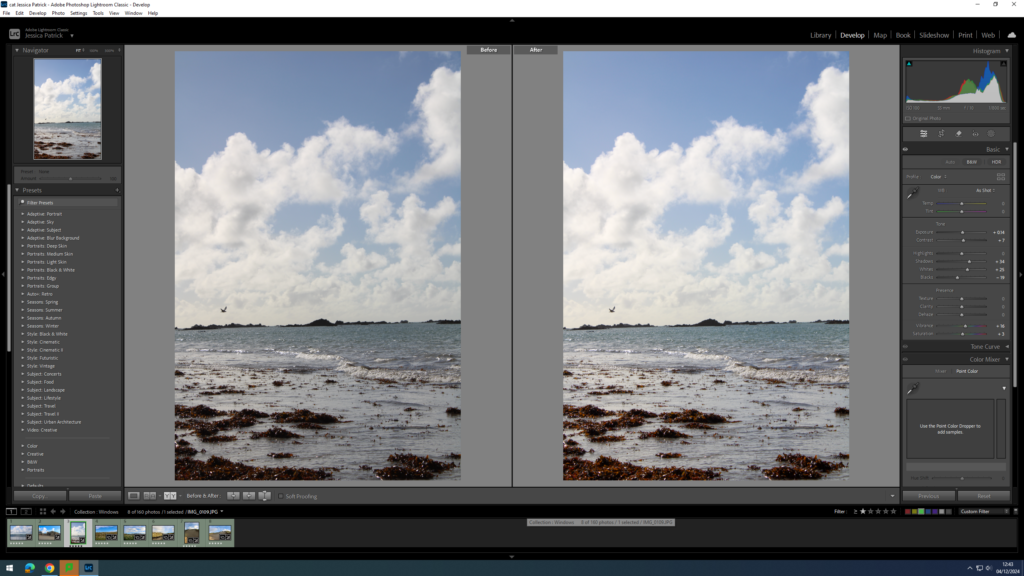
I edited this image by increasing the exposure, contrast, shadows, whites, vibrancy and saturation, while decreasing the blacks. I did this, so that the image would be slightly more exposed so the lighting was better and the image was more vibrant.
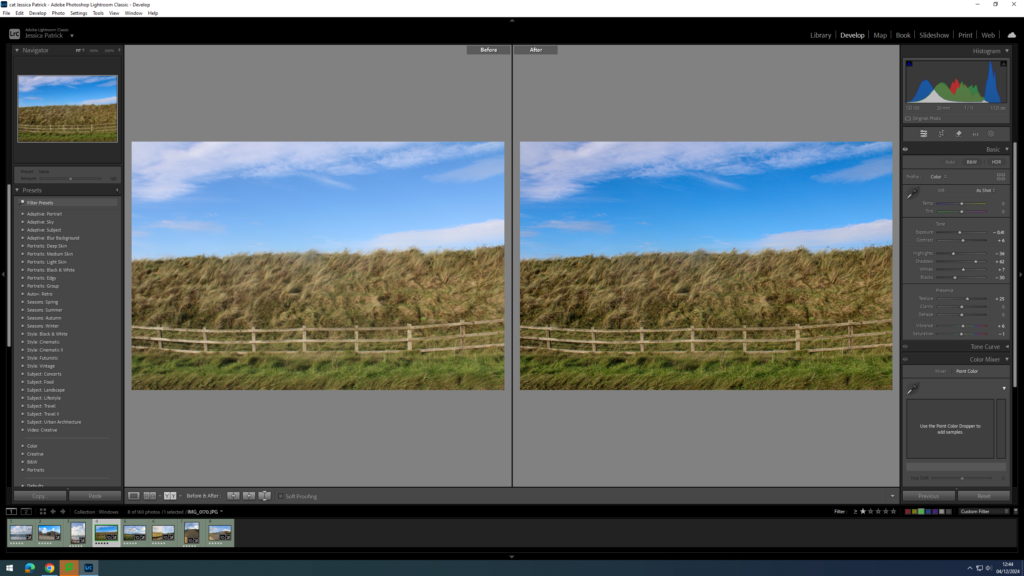
I edited this image by increasing the contrast, shadows, whites and vibrancy, while decreasing the exposure, saturation, highlights and blacks. I did this, so that the image was slightly less exposed, so the lighting was less harsh, and so different shades and tones of the grass could be more visible.
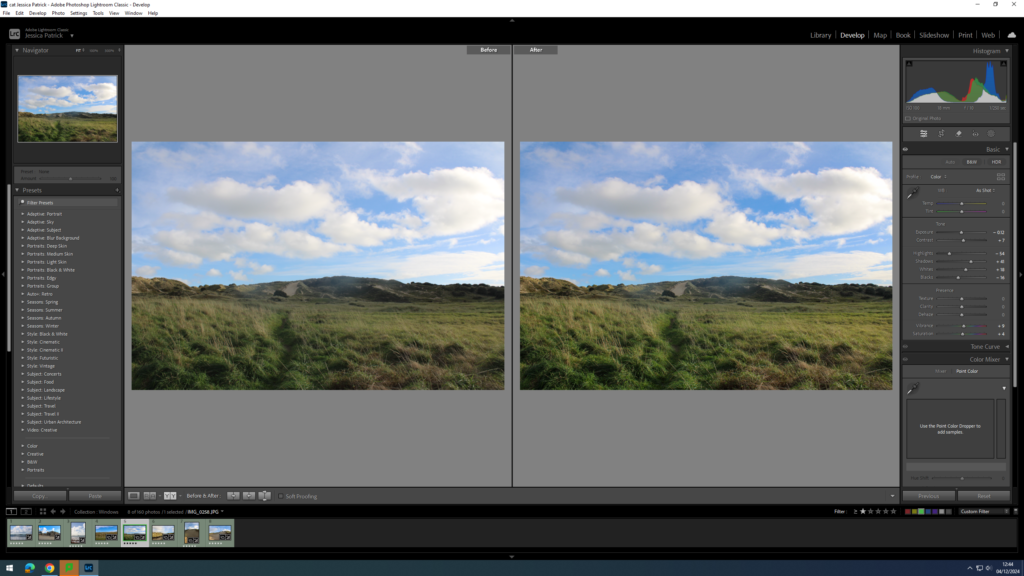
I edited this image by increasing the contrast, shadows, whites, vibrancy and saturation, while decreasing the exposure, highlights and blacks. I did this, so that the image had better lighting.
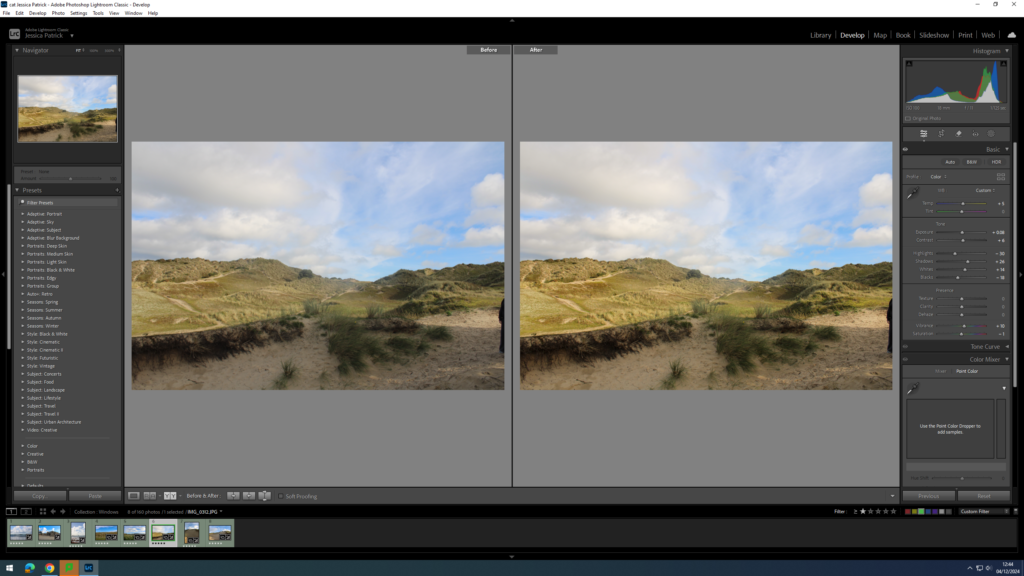
I edited this image by increasing the exposure, contrast, shadows, whites and vibrancy, while decreasing the highlights, blacks and saturation. I did this, so the image would have better lighting and be more vibrant.
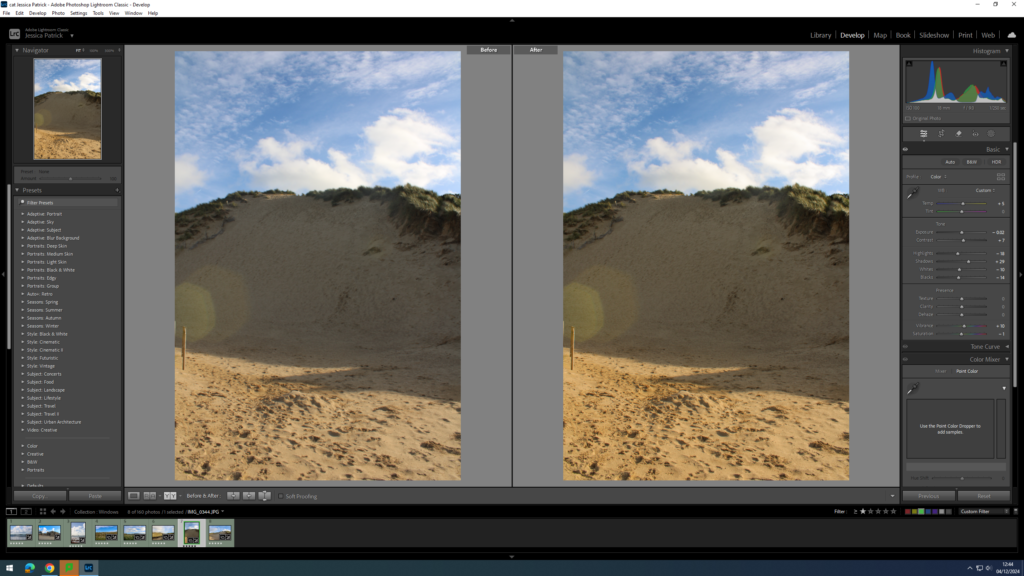
I edited this image by increasing the exposure, contrast, shadows, whites and vibrancy, while decreasing the highlights, blacks and saturation. I did this, so the image would have better lighting and be more vibrant.
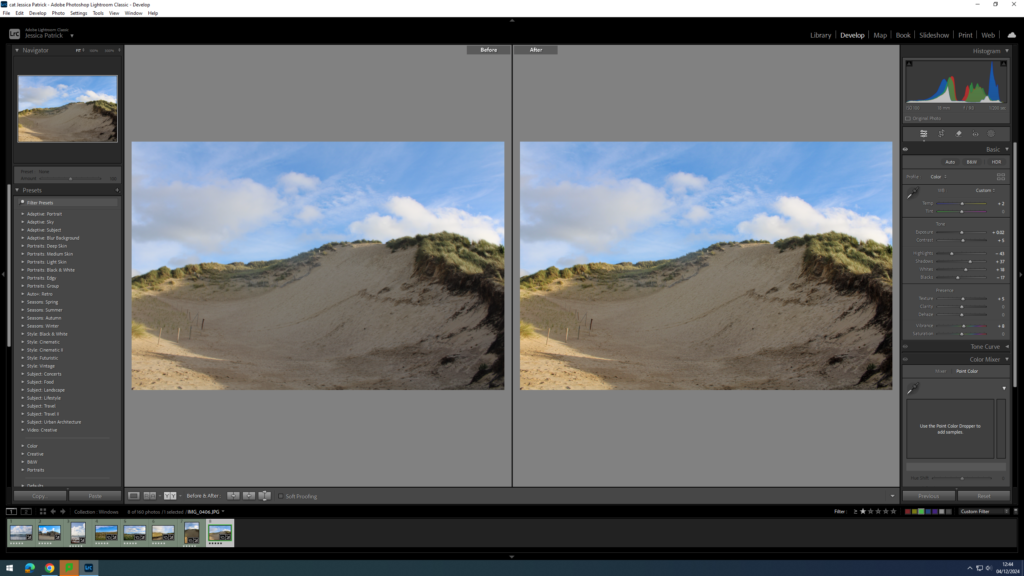
I edited this image by increasing the exposure, contrast, shadows, whites and vibrancy, while decreasing the highlights and blacks. I did this, so the image would have better lighting and be more vibrant.
Mirrors- Contact Sheet
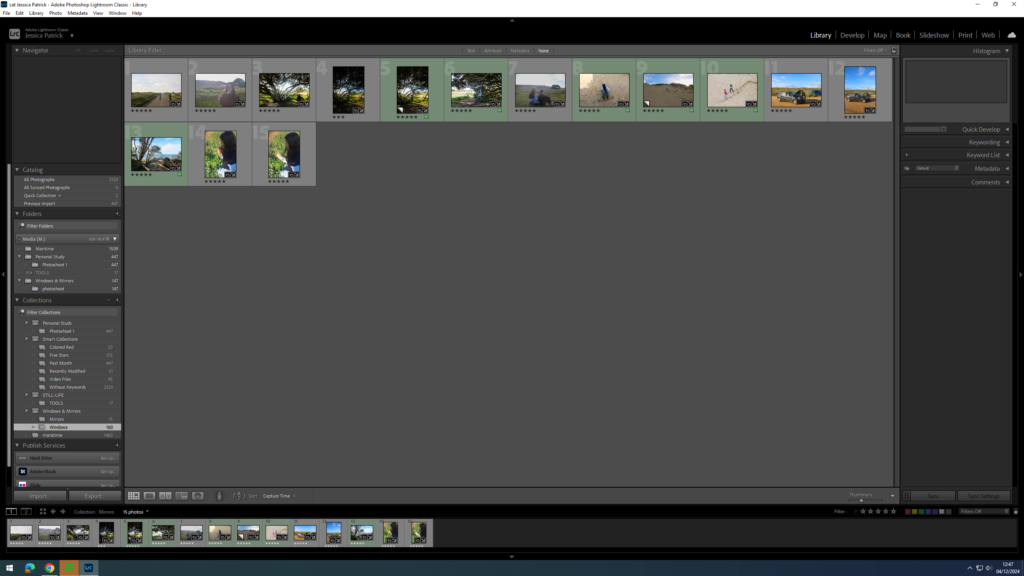
The images which are highlighted green are the images I have chosen to edit, because they have the best composition and layout and display the mirrors theme the best.
Edits

I edited this image by increasing the exposure, contrast, shadows, whites, vibrancy and saturation, while decreasing the highlights and blacks. I did this, so that the image would have more contrast and better lighting.
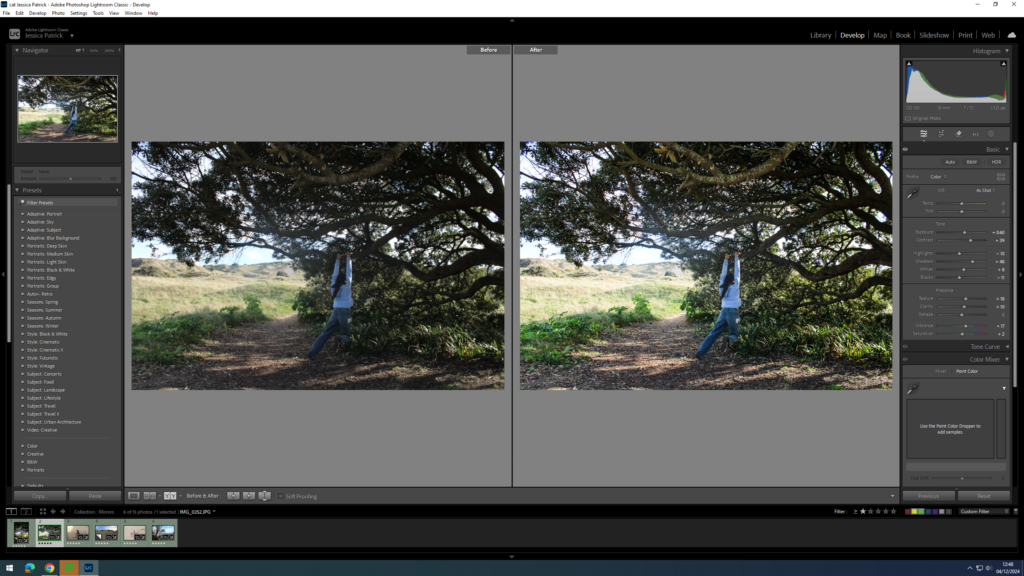
I edited this image by increasing the exposure, contrast, shadows, whites, vibrancy and saturation, while decreasing the highlights and blacks. I did this, so that the image would have better lighting.
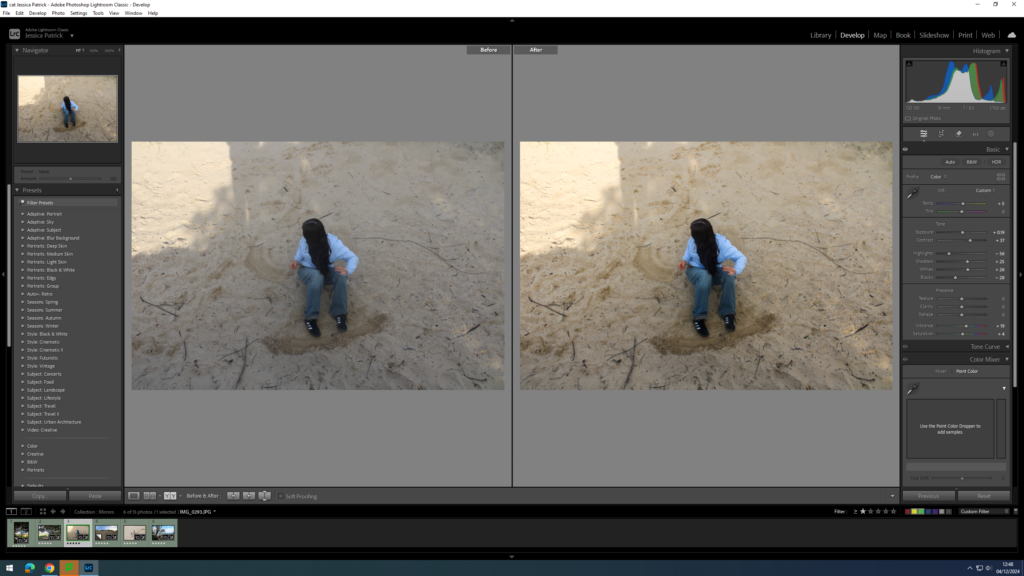
I edited this image by increasing the exposure, contrast, shadows, whites, vibrancy and saturation, while decreasing the highlights and blacks. I did this, so that the image would have better lighting and be more vibrant.
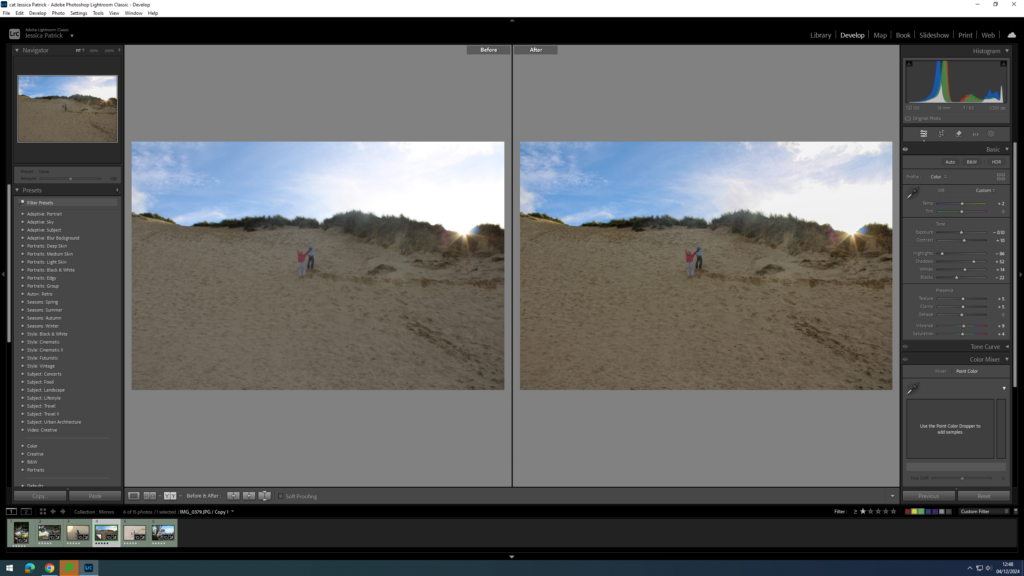
I edited this image by increasing the contrast, shadows, whites, vibrancy and saturation, while decreasing the exposure, highlights and blacks. I did this, so that the image would have better lighting and be more vibrant.
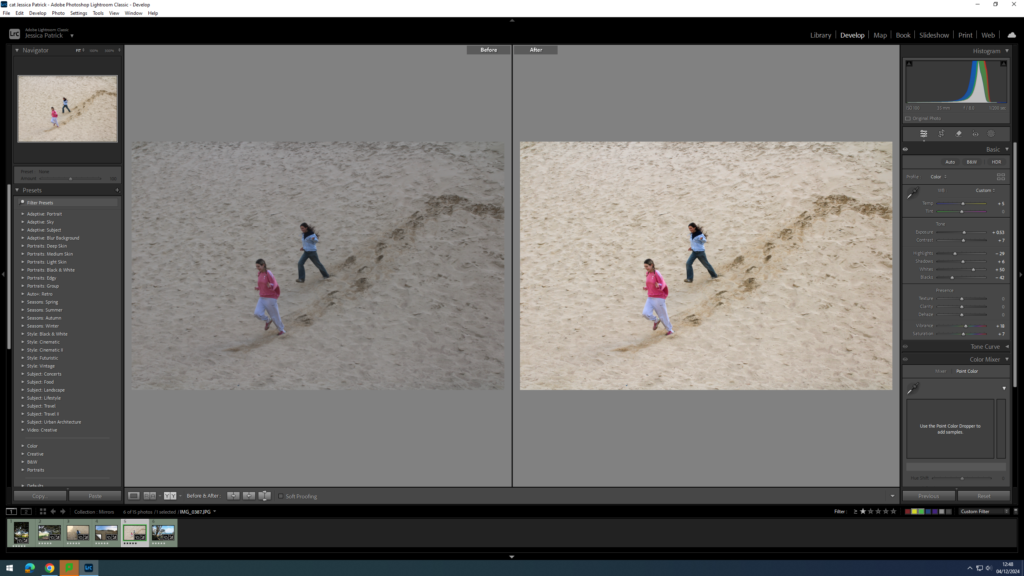
I edited this image by increasing the exposure, contrast, shadows, whites, vibrancy and saturation, while decreasing the highlights and blacks. I did this, so that the image would have better lighting and be more vibrant.
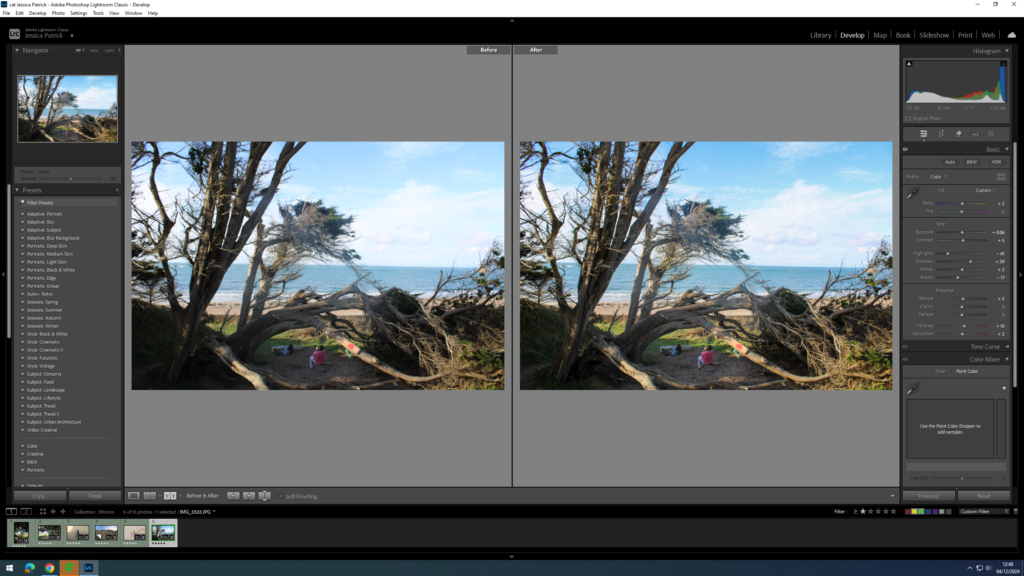
I edited this image by increasing the exposure, contrast, shadows, whites, vibrancy and saturation, while decreasing the highlights and blacks. I did this, so that the image would have better lighting and be more vibrant.
Photoshop

To create my virtual gallery I used ArtSteps.
How?
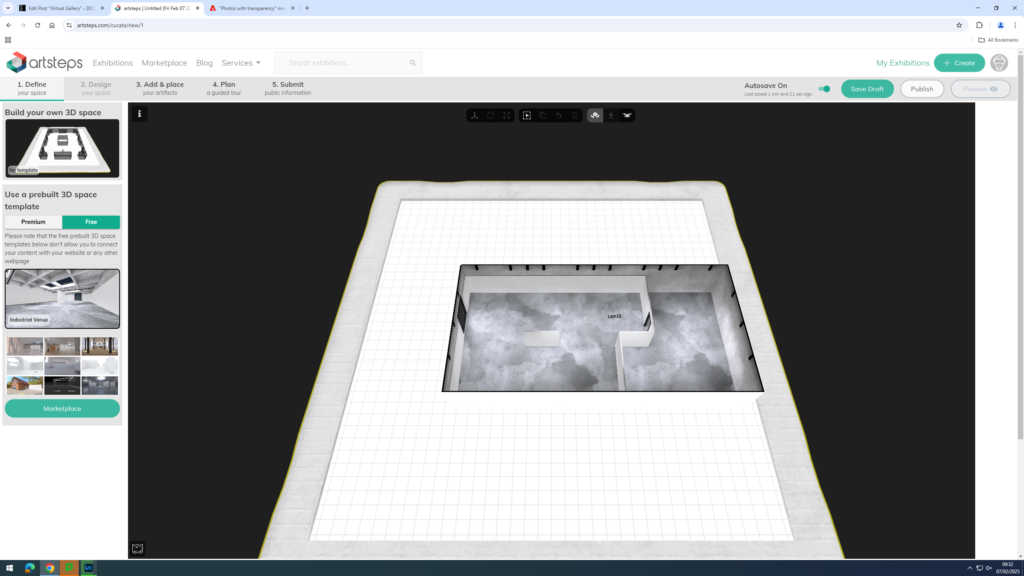

First, I chose which studio I wanted to use for my virtual gallery.
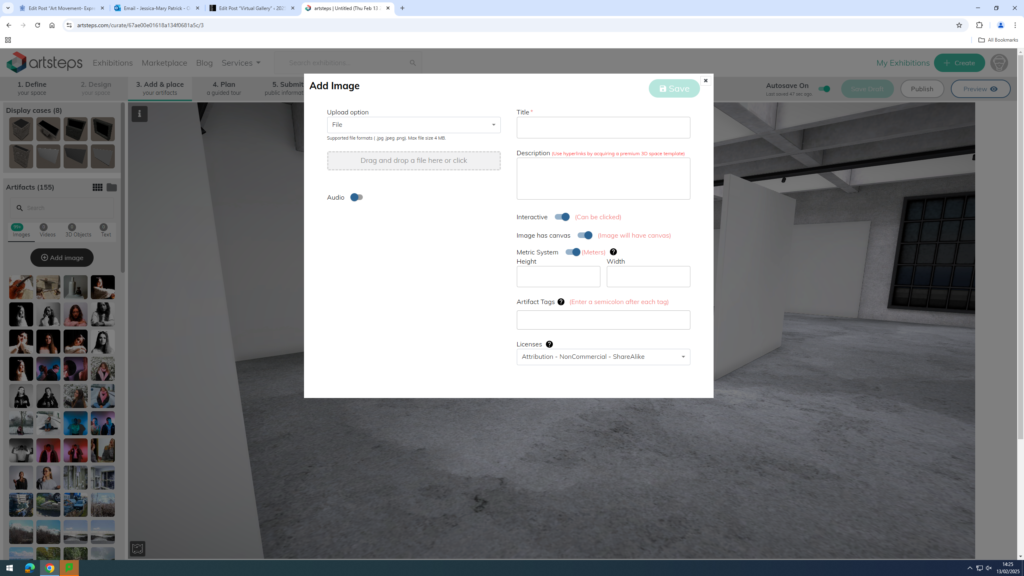
Next, I dragged my images into Artsteps from my documents.
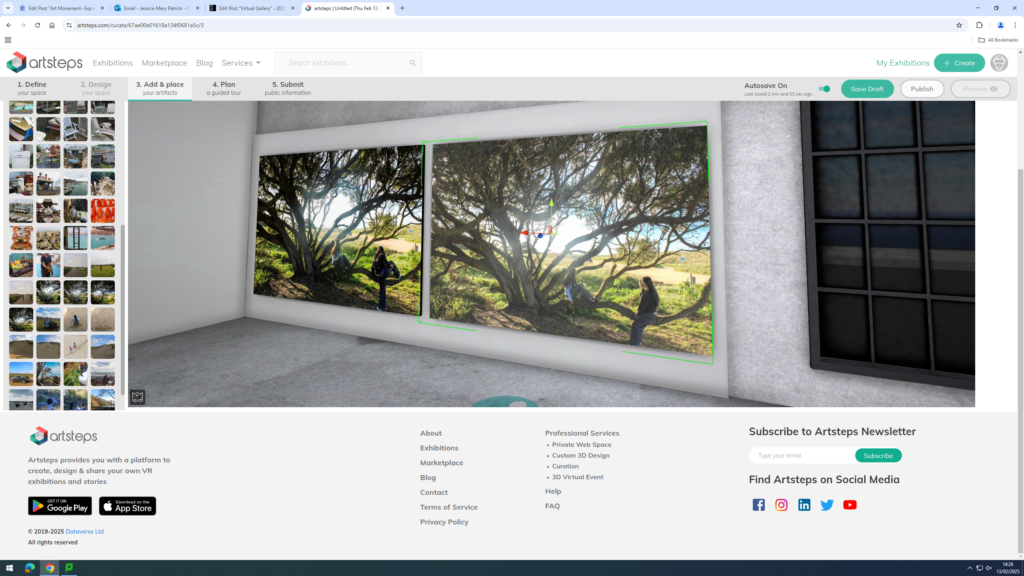
Then, I placed my images where I wanted them in my studio.

Finally, I chose which frames I wanted on my images. I chose the dark brown frame, because I thought it best suited my images.
Final Virtual Gallery
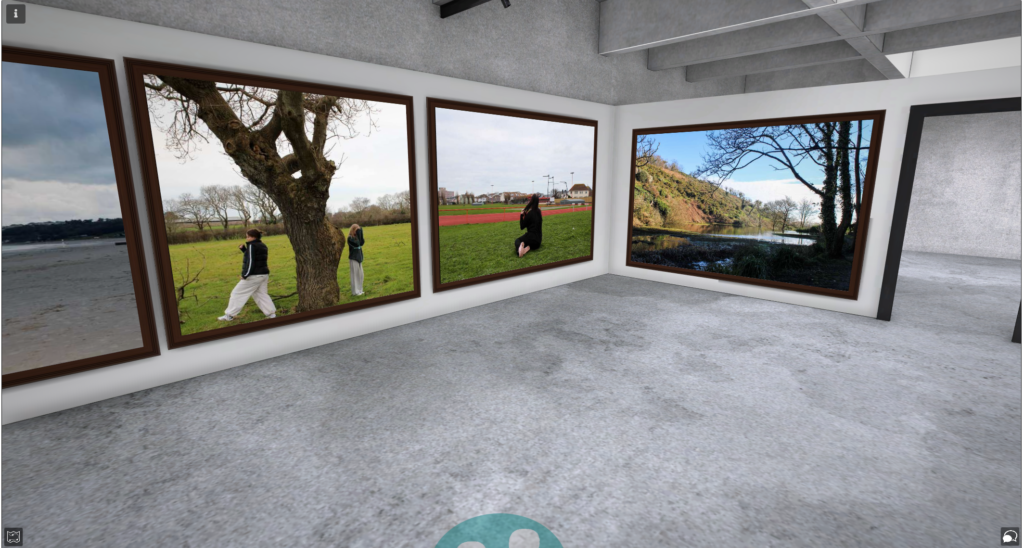
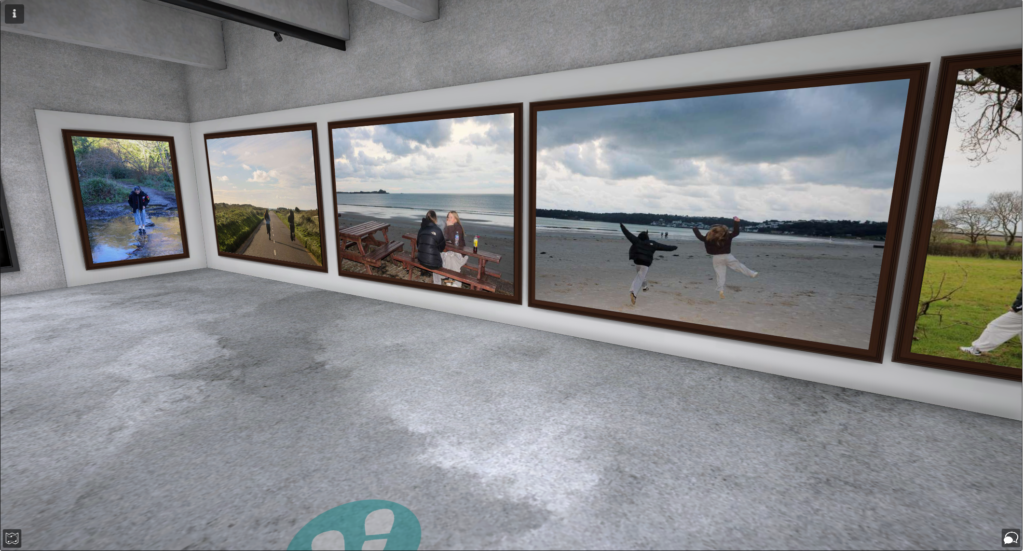
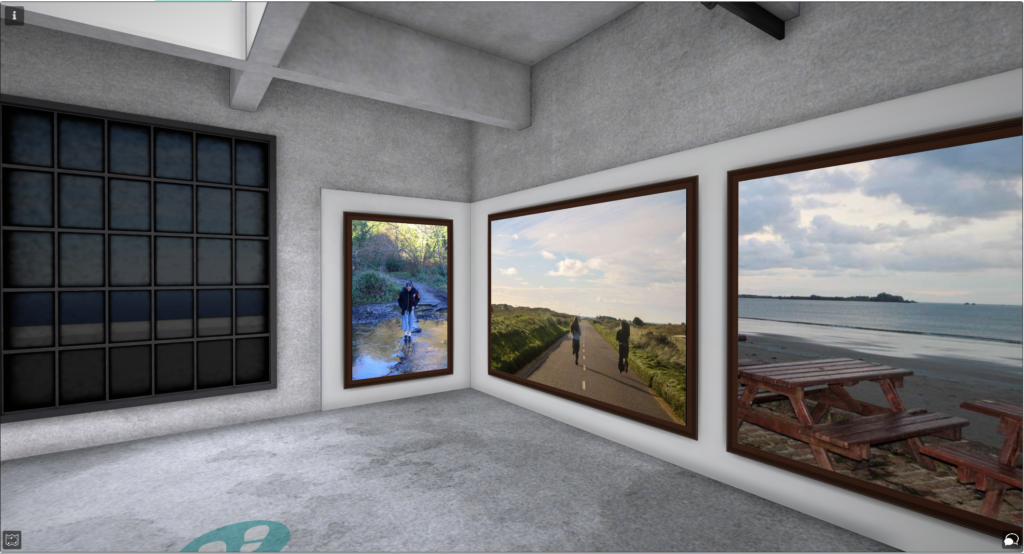
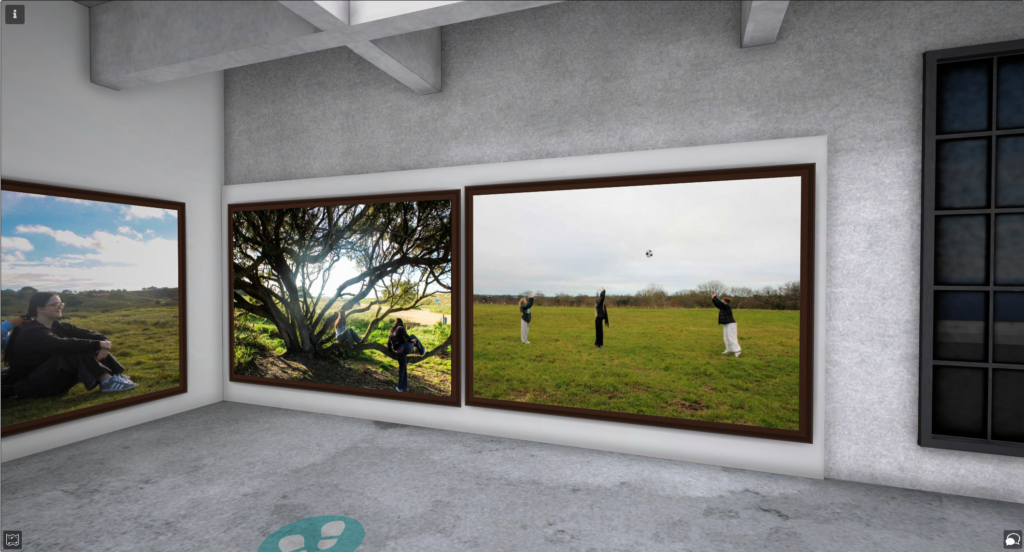
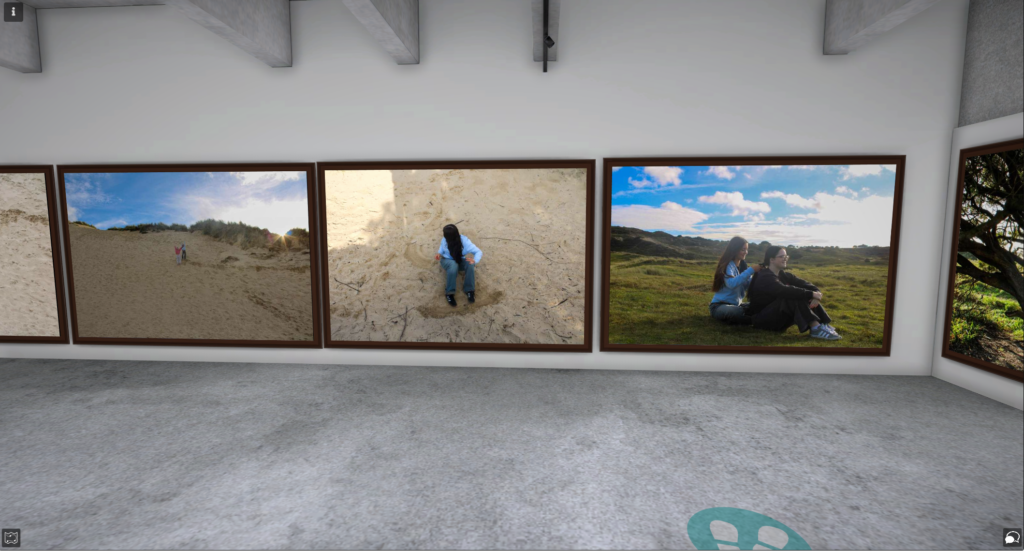


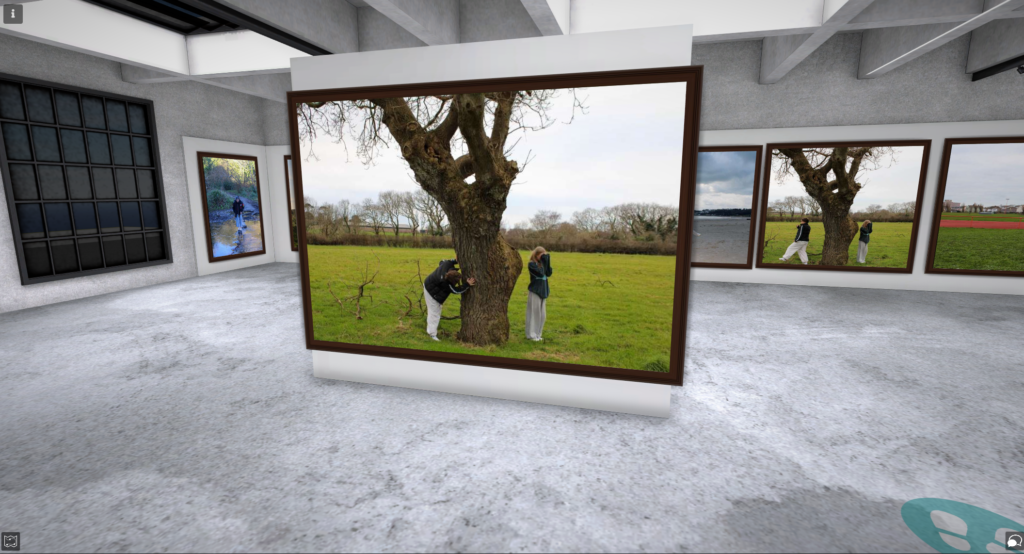

Evaluation
Overall, I think my photoshoots went well, as they displayed the themes youth and identity well, by presenting different activities, which abided by or opposed stereotypical norms. I also presented my youth and identity in particular, as I displayed activities I enjoyed doing in my youth and activities I still do and enjoy now.
I also think my virtual gallery is aesthetically pleasing, because my images go well together and have been displayed well together, similarly to my photobook. I have also used my best images, which I have used in my photobook in my virtual gallery as well.
Here is an online link to my photobook: Remember When
